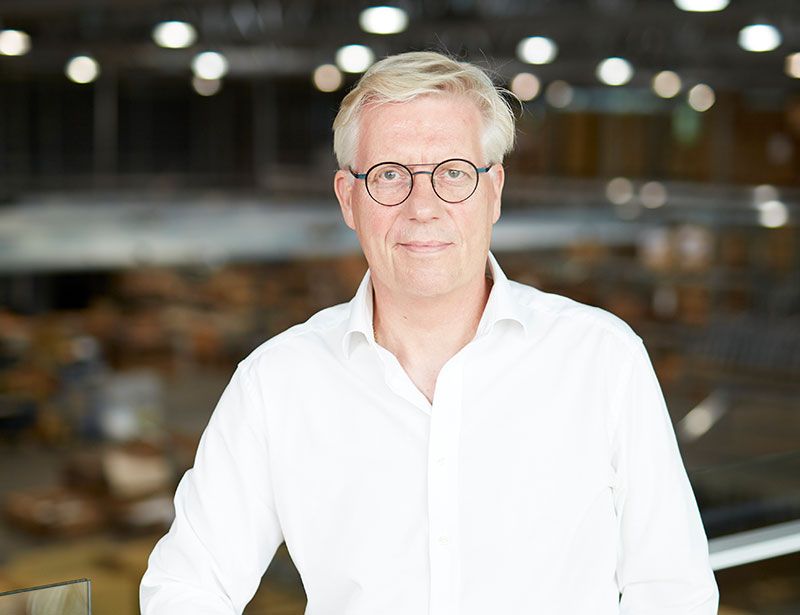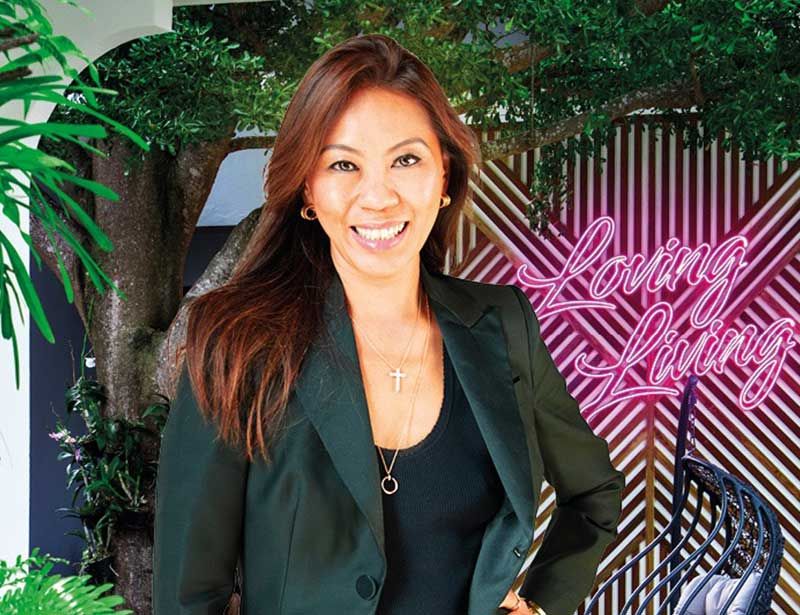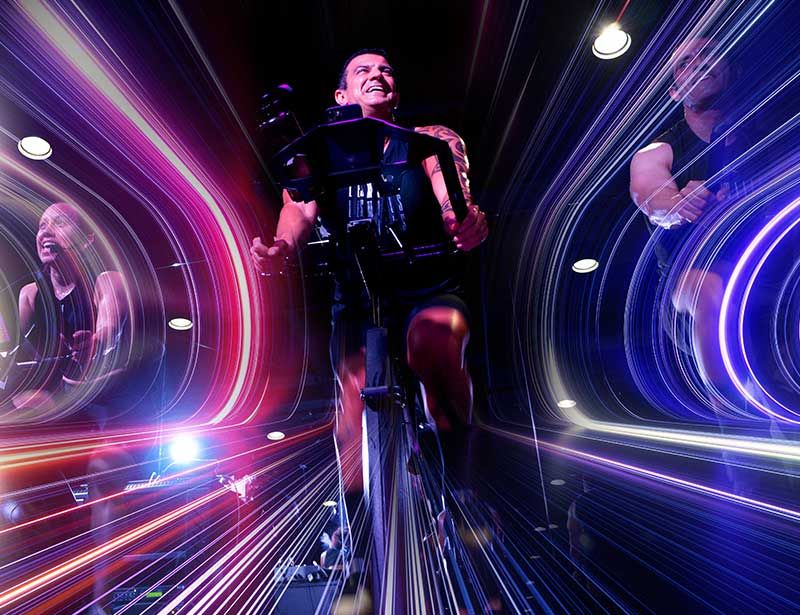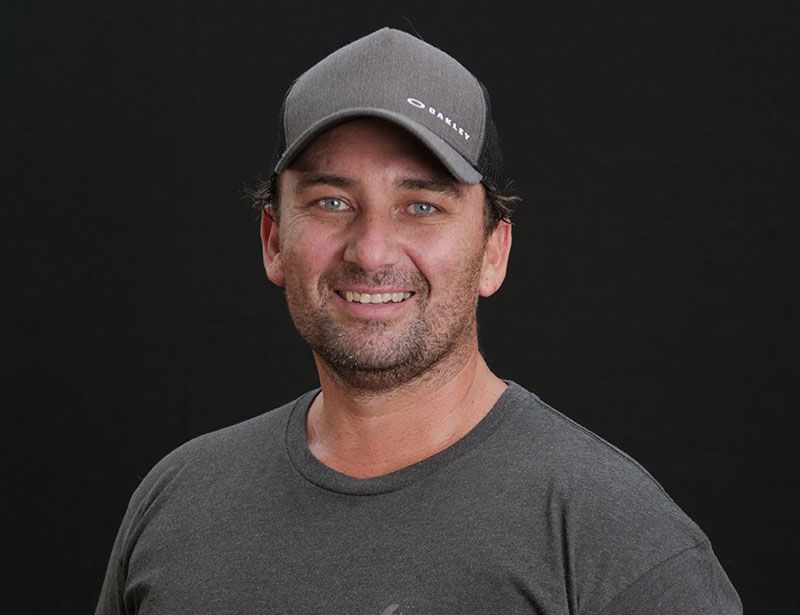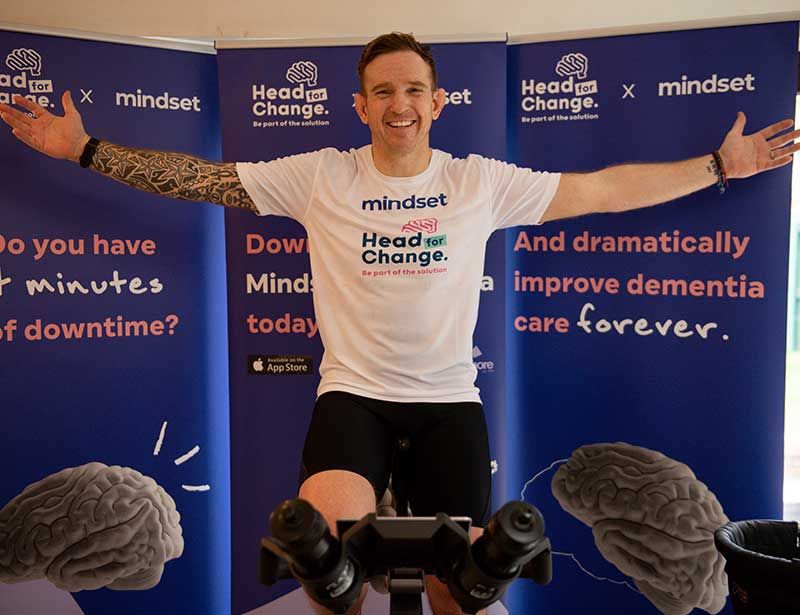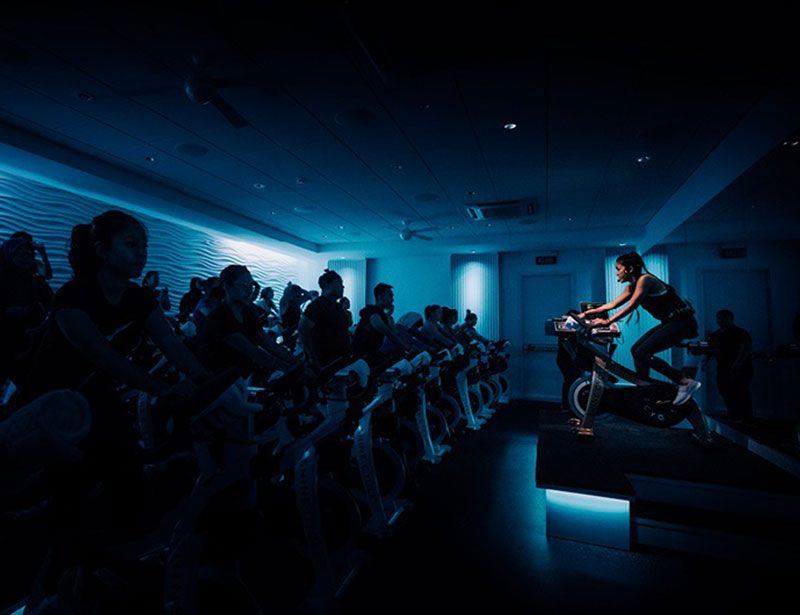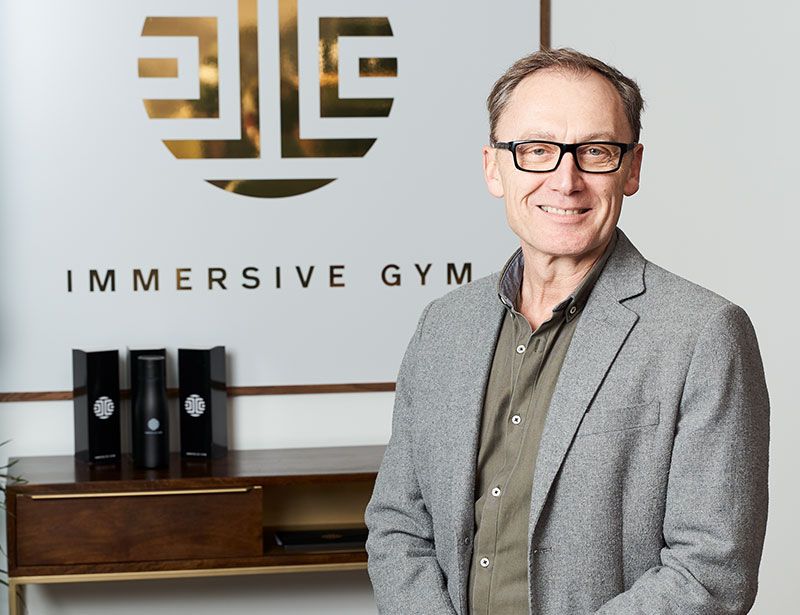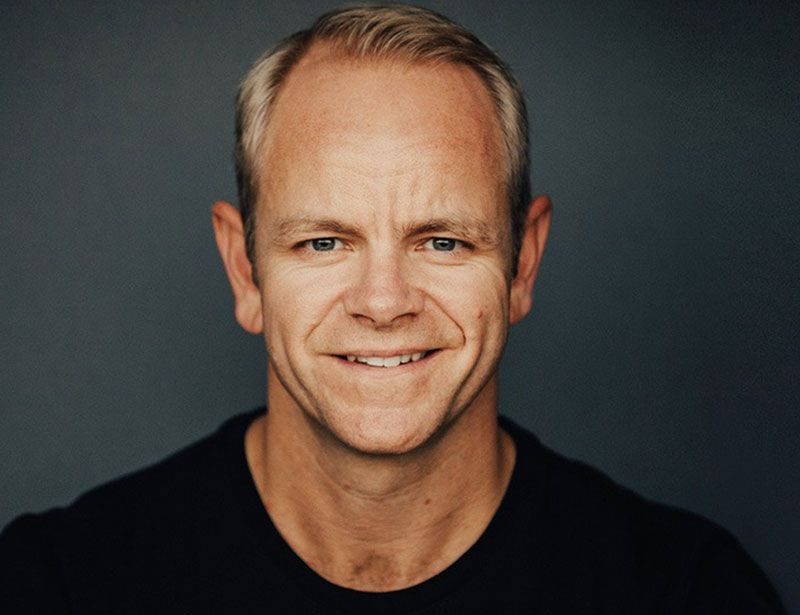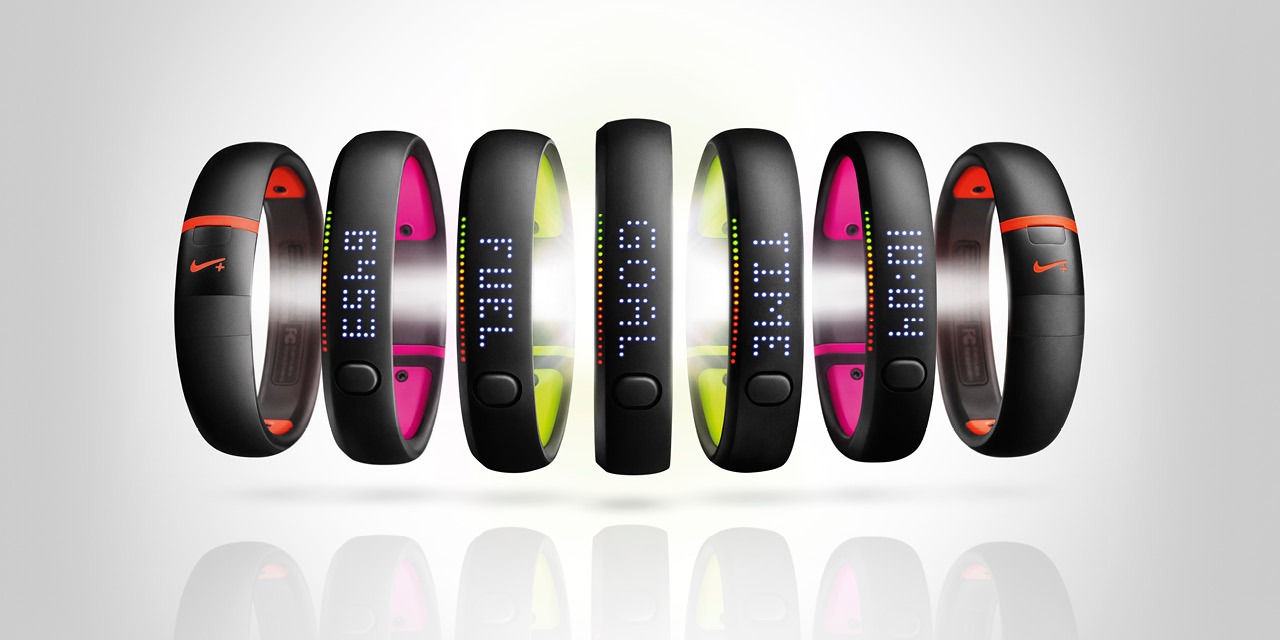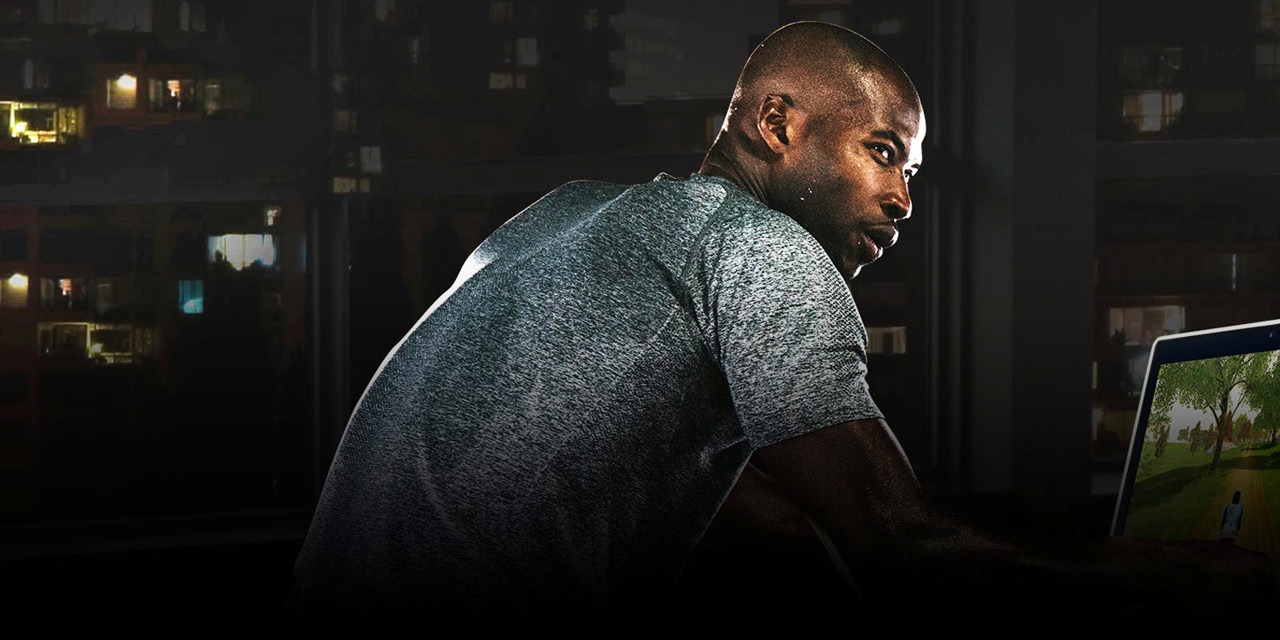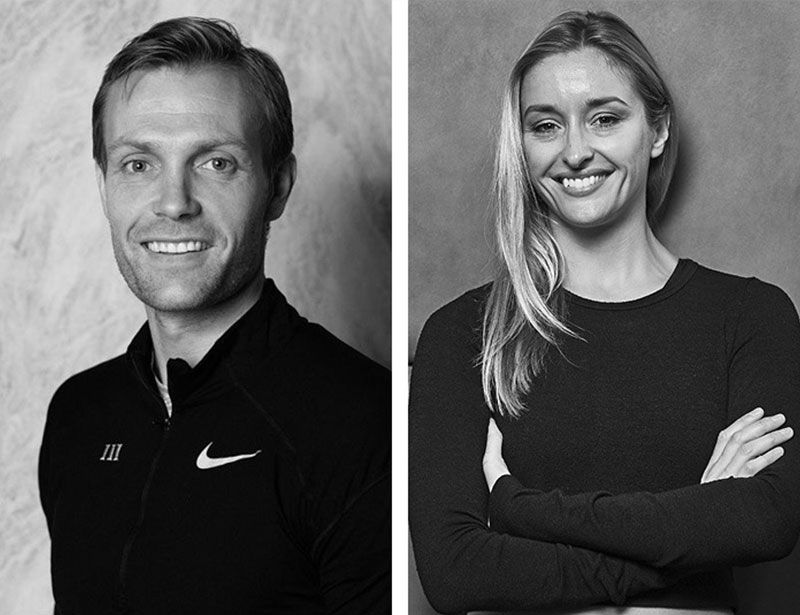Green shoots of hope
It has been a long time coming, this feeling of positivity, and it comes with caveats: some markets still struggling, restrictions likely to remain in many parts of the world. But finally, with vaccinations moving along at speed, we dare to believe the worst is behind us.
That’s bitter sweet for those who lost their jobs in this crisis, or whose businesses did not survive. It has been a cruel year and I truly feel for these individuals. If you are among them, I hope you find a way back into our energising, inspiring, health-enhancing industry very soon. And yet in spite of the challenges, my abiding impression is of a sector that has stepped up, moving fast and hard to meet a whole new set of needs.
A sector that has, with the health of the global population at stake, begun to more confidently position itself as an essential service. We must continue to move forward with this same sense of urgency, this same willingness to innovate, even as gyms re-open. Because if one thing has characterised the past year, it has been the pace of change – spearheaded, of course, by technology. That’s why it’s great to showcase so much innovation in this latest edition of RIDE HIGH, from traditional operators moving into the digital space – our interview with Absolute Group’s Ben Karoonkornsakul a great example – to online providers such as A STATE OF RIDE eyeing up collaboration with gyms. For in-club inspiration, there’s also an excellent piece by Ian Mullane of Keepme, which spotlights opportunities for operators to re-engagemembers and drive revenues as they rebuild from this crisis, as well as hands-on advice on getting members back in the group exercise studio. It is human nature, perhaps, to seize on the positives after a year such as this. But I do feel there are now positives. It has been uphill for a long time, and I for one am looking forward to the downhill ride on the other side.
Uffe A. Olesen
CEO BODY BIKE International A/S
Ben Karoonkornsakul
Editor’s note: Since this interview was conducted, Bangkok has entered its third lockdown.
You founded the Absolute brand 18 years ago. What was your vision?
As much as anything, it was a gut feeling. There were no boutique studios in Bangkok at that time – whenever I talked about it, people didn’t even know what I meant. But I had a vision of a studio that would be dedicated to, and particularly good at, a particular discipline.
When people like a particular form of exercise, they do it repeatedly. That’s how I was with yoga, but there were no good yoga studios anywhere in the city. So, I created one: a dedicated, purpose-built yoga studio that I, and the others like me who I imagined were out there, could enjoy. And that’s how it started. I just did what I knew I wanted, started small, worked to make that one space work and took it from there.
What has been your growth since then?
We now have 11 studios in Bangkok, with another one opening in July, and three in Singapore.
We’ve also branched out into other exercise disciplines over the years. No one form of exercise gives you everything you need, so we’ve added pilates and rhythm cycling too, as well as one-to-one functional training at a couple of our locations. We also have our FITFOOD brand, launched around seven years ago; no matter what exercise you do, you can’t escape the need for good nutrition. And then we have our resort, Absolute Sanctuary, which opened on Ko Samui around 13 years ago.
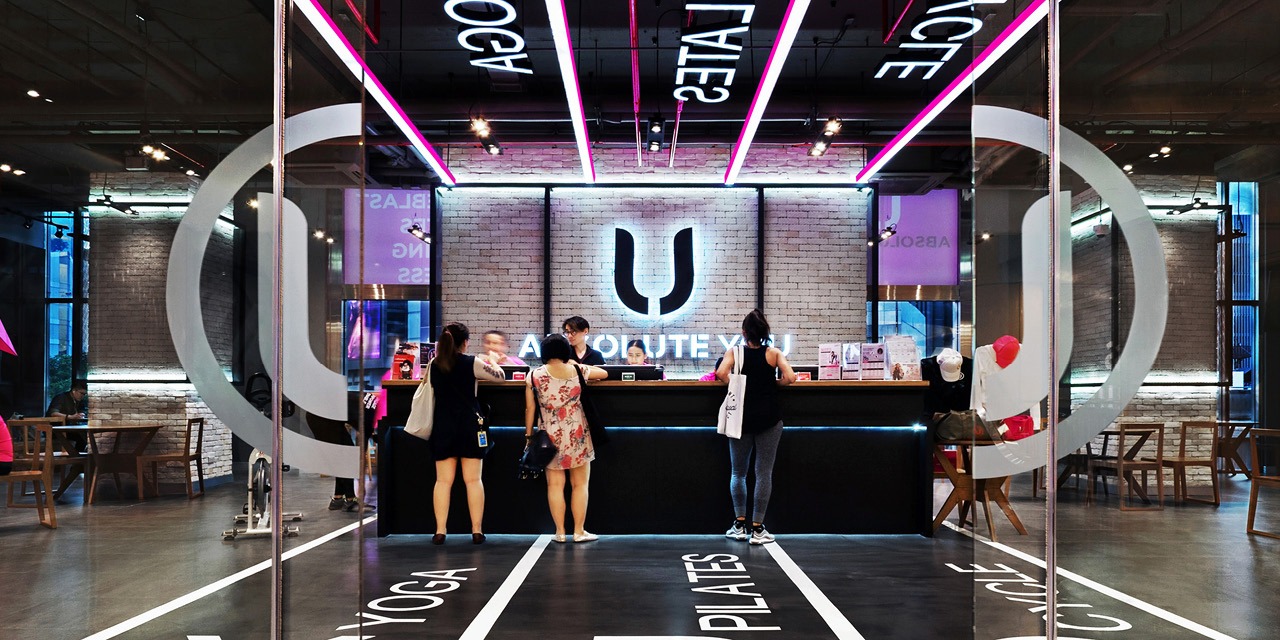
As a result of this expansion, we rebranded from Absolute Yoga to the Absolute Group four or five years ago, with the customer-facing studio brand changing to Absolute You.
My approach is always four-fold when expanding our offering. First, I pick the things I love to do myself. Second, I pick elements that complement each other and that are sustainable: exercise that’s functional and that supports health and a good quality of life in the long term. Third, I choose things that will have mass appeal over an extended period, not things that will be ‘out’ in a year’s time.
Fourth, very importantly, we don’t rush our expansion, only launching a new product roughly every six years: pilates launched around 11 years ago; cycling in 2015. It takes time to perfect a product and develop a really good instructor training system, and all that needs to be in place before you can successfully scale.
“In the boutique world, people are looking for specialists. You have to become known for one thing at a time” – BEN KAROONKORNSAKUL
Our four core disciplines are now yoga, rhythm cycling, reformer pilates classes and private one-to-one pilates; these private sessions have become particularly popular since COVID.
All disciplines are available at the majority of our locations, with yoga, cycling and pilates enjoying an equal weighting on the class timetable. There are just a couple of studios that don’t offer yoga, and that’s because there’s now more supply of this in the market. Rhythm cycling and reformer pilates are newer and scarcer.
Has rhythm cycling attracted a new audience?
Rhythm cycling participants can be a bit younger than in yoga and pilates: we get teenagers cycling with their mums, as well as a lot of 20-somethings who enjoy the fun and the music. But it attracts other groups for other reasons: workers who want to come in and get rid of the day’s stress, for example, and people in their 40s and 50s who know they need to do a bit of cardio but don’t want to hate the process!
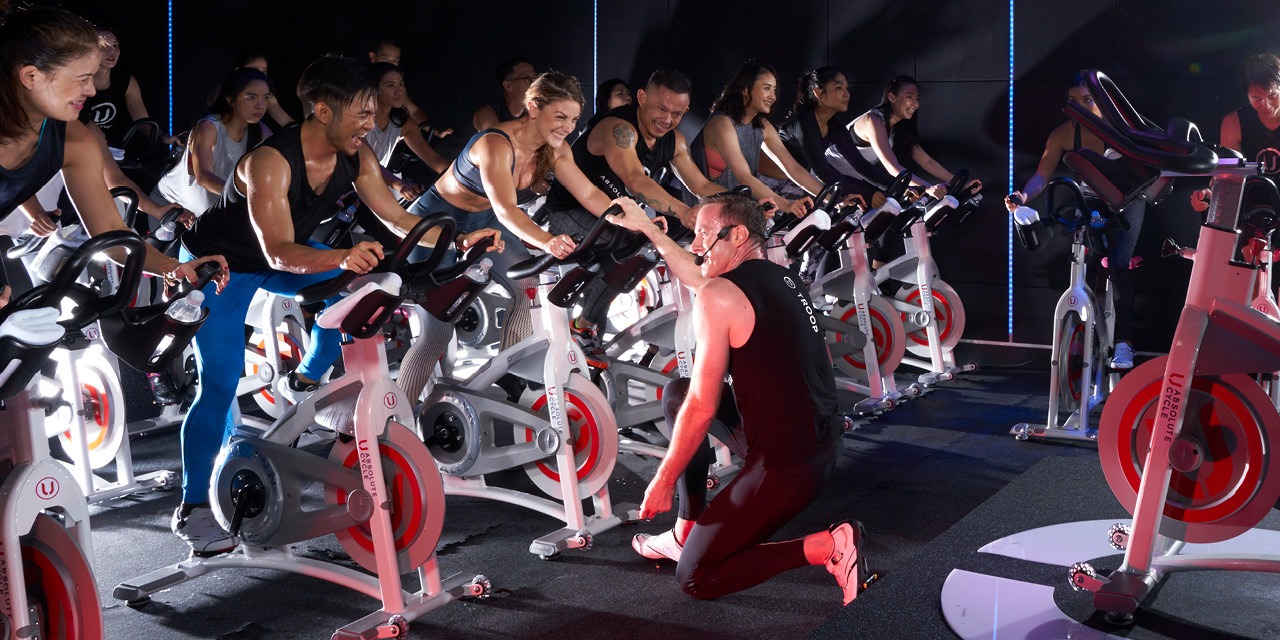
Because honestly, I’m 50 now, and people my age? A lot of us hate cardio! I have to talk to my members and say to them: “You may not think indoor cycling is for you, but you need it, so give it a try. It doesn’t have to be your favourite thing, and you don’t have to do it in the same way as the 20-year-old in the front row. But it’s only 45 minutes, you won’t get bored, and then you’ll have done your cardio!”
I then have to persuade my instructors to play some music that appeals to the older members in the room!
What are your studios like?
We try to design our clubs so the studios open directly off the lobby; members can then mingle in this communal area before and after class. We’ll often have people doing two or even three classes in a day at the weekend, so they chat to friends before going off into the relevant studio for their next class.
Outside of COVID times, our yoga studios cater for 30–40 people, and our cycling studios typically hold 30–50 bikes. We want them to feel busy, but for rhythm cycling we obviously like people to have a bit of space to stretch their arms out, so it isn’t shoulder-to-shoulder.
And then our reformer pilates studios have 15–20 machines. This is more than you might find elsewhere – and of course, we offer one-to-one sessions for anyone with specific rehab needs – but we’ve developed a special technique to deliver an effective group workout that stays true to the principles of pilates. These dynamic classes deliver what the majority of members are looking for – strong abs and body conditioning – and all exercises and sequences involve detailed verbal cueing, so everyone moves together at the same pace. We also offer foundation classes to learn the basics.
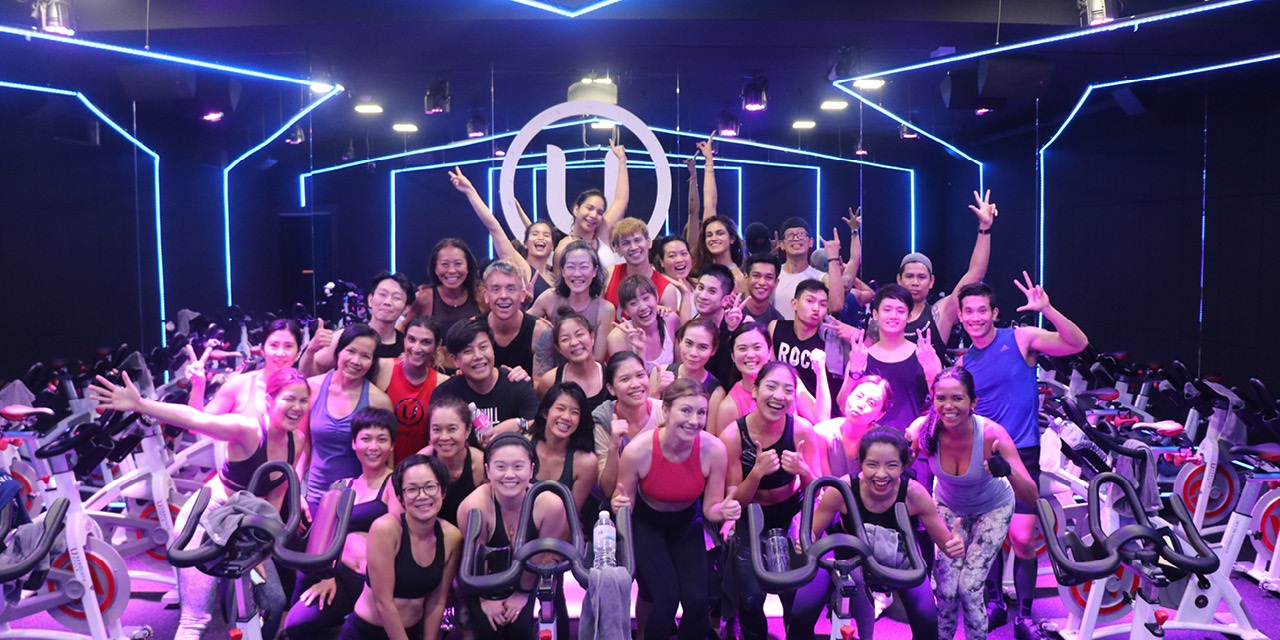
On the topic of verbal cueing, our instructors all have a framework within which they must work, and that includes specific vocabulary to use. Whatever class a member is in, whichever instructor is running it, they’ll say something and the member will immediately understand what they’re meant to do.
How would you describe the Absolute vibe?
We have an absolutely beautiful community with a real mix of people, where everyone fits in. All ages, all sizes, all fitness and confidence levels – they’re all there, smiling together. It’s really important to me that we create communities where nobody feels out of place.
OUR INSTRUCTORS ONLY WORK FOR ABSOLUTE YOU, EVEN IF THEY’RE FREELANCE. THEY’RE PART OF OUR BRAND.
That’s down to a lot of things, from our brand ambassadors to our instructors, who are great at what they do but – because they aren’t always the most ripped – allow members to think “they’re just like me”. It’s also about showing real people in our marketing and social media. We don’t always pick the fittest, most beautiful members to show in our ads. It isn’t about looking super-cool. We have teens, single mums, housewives, workers. We show real people who are enjoying themselves and feeling comfortable in their own skin.
What’s the secret of 18 years’ success?
Consistency is key – being consistently good at what you do – and you have to work really hard to sustain that over 18 years.
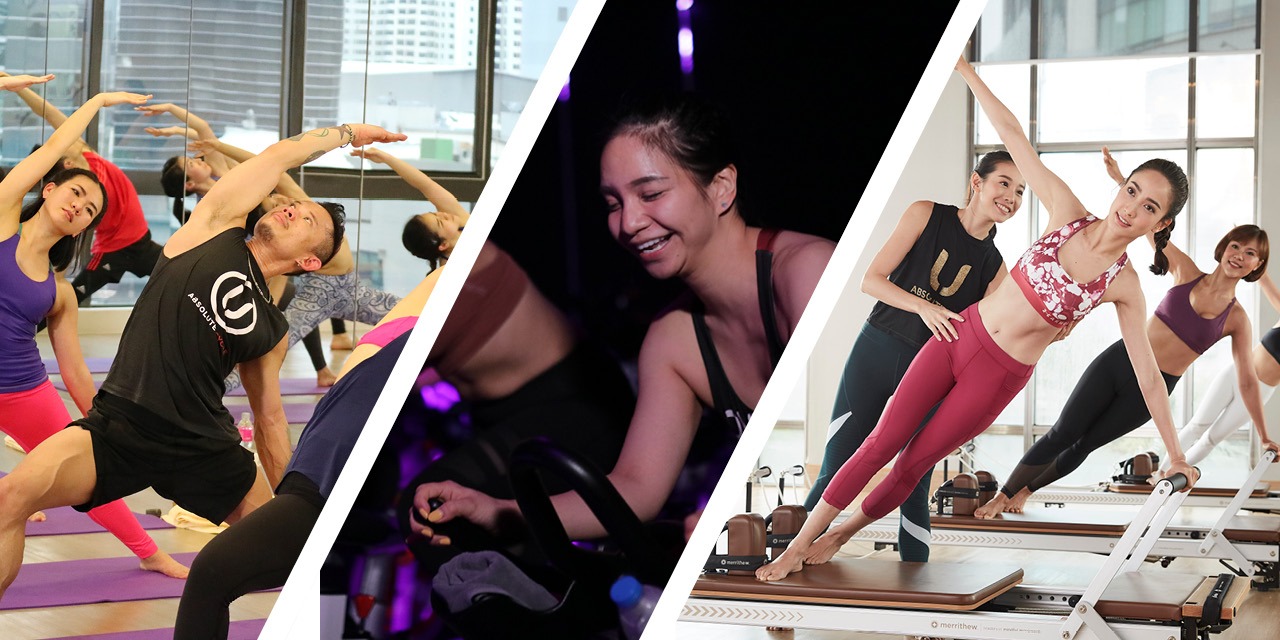
People are of course vital to that, so we have a really good instructor training system and, as previously mentioned, a framework and structure they must work within for every class. It’s also the case that our approximately 80 instructors only work for Absolute You. Even if they’re freelance, they don’t instruct anywhere else – they’re part of our team and our brand.
I think the other thing goes back to what I said before, about not rolling things out too quickly. Yes, people like variety in their exercise routines; it’s why many boutiques have quickly introduced new disciplines or else launched with multiple disciplines from the outset. But I don’t believe this works.
If people want a bit of everything, they’ll go to a big box gym. In the boutique world, people are looking for specialists: they want to go to the place that’s best at delivering the type of exercise they love the most.
RHYTHM CYCLING IS WHERE I SEE GROWTH FOR THE NEXT 5–10 YEARS. IT’S LIKE YOGA WAS 20 YEARS AGO.
That might sound a strange thing to say because of course, we’ve launched new disciplines under the Absolute You brand. But don’t forget, we’ve done that over a period of 18 years. In Bangkok, we started out with yoga and only moved on to offer something else when yoga was so established – with such a strong reputation and client base – that really, we didn’t need to talk about it any more. Everyone knew we were the best place to go. Only then did we launch pilates, and then another five or six years before we launched rhythm cycling.
On the other hand, look at our experience in Singapore, where we first launched a few years ago. Our clubs there offer all three disciplines, but it was too hard to build a market-leading reputation for all three at the same time. We had to choose a star discipline, and we chose rhythm cycling. It’s really only now we’re beginning to put some momentum behind pilates too. My advice: as a boutique studio, you have to become known for one thing at a time.
Let’s talk about COVID…
We were closed for three months last year, and another month at the beginning of this year. We have 15,000–20,000 active members, and most are on class packages – we sell anything up to 200-class packages – so our cash reserves have been OK. But it’s been tough.
During lockdown itself, we rolled out some online yoga content that we already had from a project we’d begun and shelved. We also sped up the launch of our Absolute You Home Edition bike and so far, we’ve sold around 300 bikes in packages that also include dumbbells and an exercise mat. Uptake has mostly been among existing members so far, with around 20 per cent sold to new customers.
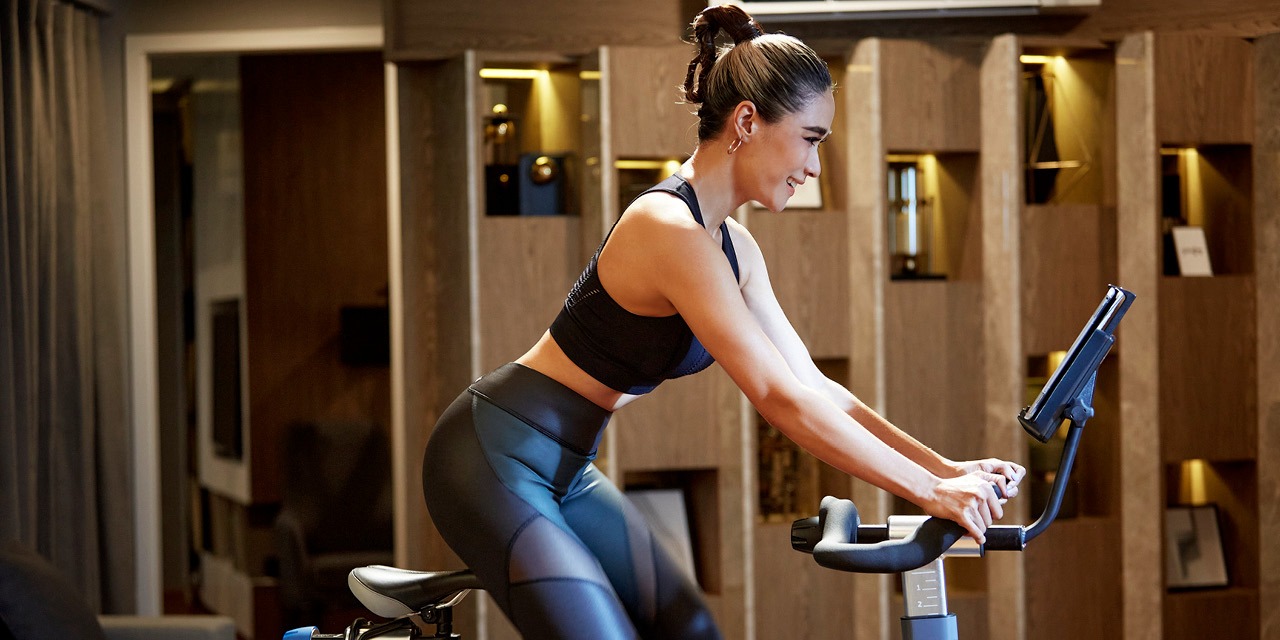
Our bike is priced around the same as Peloton, but our monthly subscription is currently higher at around US$70. We hope to get that down in time, but at the moment we simply don’t have the economies of scale to make it cheaper. People seem happy with the price point, though, because their whole family uses the bike and they can do as many classes as they like.
Our clubs are now open again, but we’re operating with capacity restrictions: we’re currently at about 90 per cent in pilates, but only around 65–70 per cent for cycling and yoga. [Editor’s note: information correct as at date of interview, 22 March 2021]
We haven’t been re-open for that long, but members are coming back. I think it’ll take another month or two to feel more like normal attendance, though, so we’re doing one of our unlimited membership packages – deals we only release now and then – to further encourage people.
Overall, though, I think we all have to be realistic in terms of what we can achieve this year.
How significant will Home Edition become?
For the member, I believe online will be a complement to the in-club experience, not a replacement. It does grow our reach to those who may not be able to get to a studio, though.
It also allows us to expand into whole new markets. We can film content in English using our instructors – in Bangkok and Singapore at the moment, but potentially also local talent from the new markets we expand into with Home Edition – and deliver a high-quality experience wherever people are.
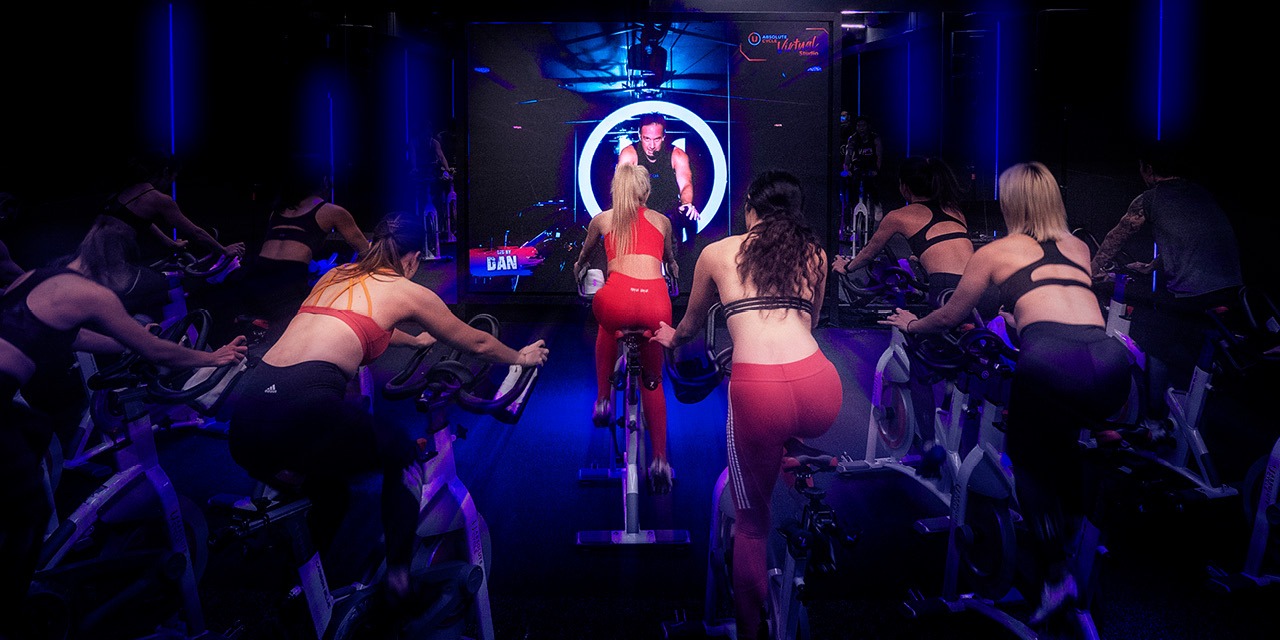
I would say we launched Home Edition without our usual level of finish: we normally only launch a product after we’ve really polished it, but COVID brought this one forward. So, there’s definitely more we want to do to develop it. Live streaming is coming soon, for example, and we want to do more on the community side of things too, building rider communities. And then just marketing it and really building our message around what it is.
But the content is already good, all filmed by us, and we have a strong brand. It’s also a high spec bike – developed in collaboration with Stages – and of course, Peloton isn’t currently available in Asia. In any case, the Asian market responds to a different style of coaching from the way they run classes in the US, with different vocabulary and a different style: more about fun, less about inspiration and soul searching. So, we have an opportunity to claim this space. We’re already in conversations with possible collaborators in Indonesia, and are eyeing up fairly rapid growth into Hong Kong, the Philippines and Malaysia too.
Are you doing anything new in-club?
We already had all this great rhythm cycling content from Home Edition – we’re filming around 20 classes a week – so we thought ‘why not use it elsewhere?’
With that in mind, we’ve just launched our first Absolute Cycle Virtual Studio, where there are no instructor-led classes, just scheduled virtual classes. The club is smaller footprint as it’s cycling only, and the studio feels like walking into a cinema: as you walk in, there’s a black wall and you have to turn right as you hit the wall to enter the studio, which has 30–40 bikes arranged over three tiers in front of a 4m x 3m screen. There’s great light and sound. It’s a fantastic experience.
We already had all this great rhythm cycling content from Home Edition, so we thought ‘why not use it elsewhere?’
Crucially, it provides us with a solution to the biggest challenge of all when it comes to rhythm cycling in Asia: the lack of good instructors. It will make it far easier to expand our rhythm cycling offering into new locations across Thailand and Singapore – and beyond.
What are your growth plans?
In terms of physical locations, we’re planning to build two or three studios in Bangkok this year and perhaps three in Singapore. In Bangkok, they will all be Absolute Cycling Virtual Studios – the market is already so saturated and so competitive – but there’s still room for growth in Singapore, so we’ll build probably two virtual studios and one normal studio there. All of this is subject to finding the right sites, of course.
I’d say the virtual studio product is about 90 per cent there now, so I think we’ll be ready to replicate it in a second site in around six months. All the sites we open this year will be owned by us, but longer-term – starting in 2022 – the goal is to franchise the virtual studio concept across south-east Asia. I think it could be a great franchise concept for smaller local studios, where we provide all the content and the owner really just needs to focus on operations and sales.
Why is cycling your focus for growth?
The virtual side of things – our virtual studios and Home Edition – are my babies for this year, and in the virtual studio space, the focus is definitely on rhythm cycling for now. In fact, even in our normal studios, cycling is the fastest-growing discipline.
Rhythm cycling has a genuinely broad appeal and relevance, with everyone from teens to those aged 50+ coming to it for a different reason. And yet it’s still new in Asia: a lot of people haven’t experienced it yet, and there’s still a low supply even in markets like Hong Kong. This is the untapped market and where I see the growth being for the next five to 10 years. It’s like yoga was 20 years ago.
Get the wheels turning again
Amir Behforooz
GX manager, Abu Dhabi Country Club – Les Mills presenter – Reebok ambassador
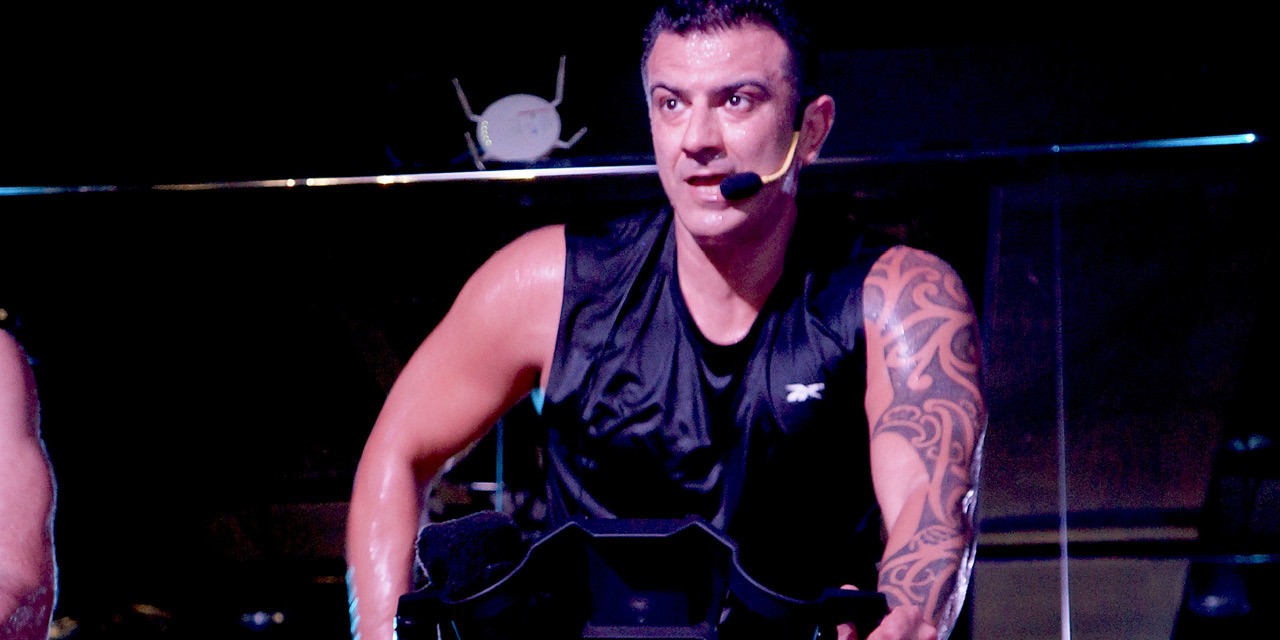
Adhere to the protocols to build trust. We have 3m spacing between our bikes, and 30 minutes between each class to clean thoroughly. We’ve increased our cleaning routine from three to 12 times a day and everyone is visibly involved – even the boss.
Consider additional measures too. Our members must wear gloves during class, and masks to enter and exit the studio. They can take their masks off while they cycle if they choose, or else keep them on and just take their workout gently.
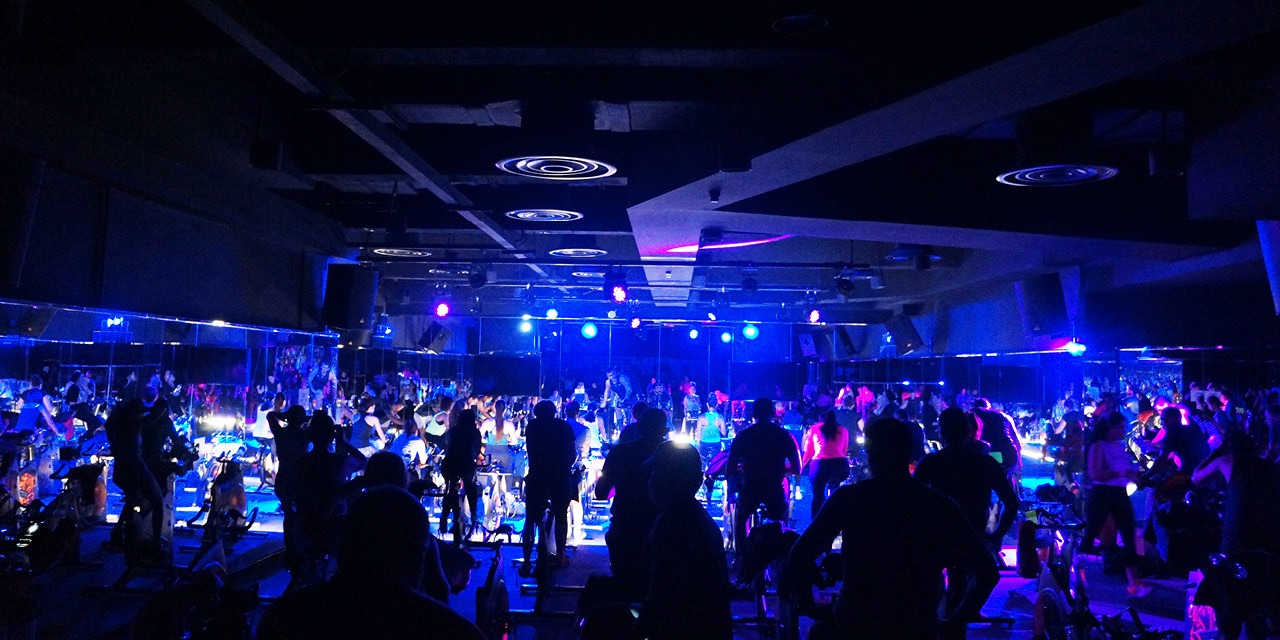
We give all our instructors a free COVID test every month, which has given members a huge confidence boost.
Connect with your community on social media. Share videos of everything you’re doing to keep them safe. Do live Q&A sessions and don’t try to hide anything. Be honest and open.
Tell your instructors not to push people too hard in class. Many will be less fit after lockdown and most will be feeling stressed. Encourage members to take it at their own pace and just enjoy it. Our job is to make it fun and social for them.
Linked to this, my motto at the moment is ‘no more army’. You might usually enforce a ‘no mobiles in class’ rule, or turn people away if they arrive late. Drop all that for now. Relax. Make the studio as welcoming as possible. If there’s an empty bike and someone wants to come in even just for the last five minutes, I’m OK with that.
We don’t do testimonials – it could so easily backfire if a member caught COVID – but our members tag us in lots of posts and stories themselves, which helps spread confidence. Importantly, we ask members to never post photos of anyone without a mask.
I’ve instructed our trainers to choose their music very wisely, so it’s all upbeat and super-happy – the sort of music that doesn’t make you think at all, but just makes you feel good. Members want to come to the studio and leave all their cares and stresses at the door.
Don’t force instructors to come back if they aren’t ready. You want whoever’s on-stage to exude confidence, not fear.
Engage your superstar instructors to create a vibe that draws people in, but don’t force them to come back if they aren’t ready. You want whoever’s on-stage to exude confidence, not fear, so your members feel safe. I currently have a reduced pool of instructors as a result of this policy, but we’ve focused on energising and upskilling this group and it’s creating the right mindset in the studio.
Keep paying your instructors as well as you always did, even if your finances are stretched. Happy instructors = happy members.
Live stream every day, and take it seriously with a well-executed timetable. COVID isn’t going away any time soon, plus I’ve found members return to the club having tried new things and wanting to know more.
In-club, don’t be tempted to launch new programmes to entice people back; now is not the time to risk anything new. Instead, improve and maintain what you have already. Key to this is helping instructors understand it isn’t just about how they coach, but the way they are with members before and after class. It’s about building connection and trust, so I’ve made it compulsory for our instructors to stay at least 30 minutes after every class. They stay on their bike for social distancing, but members can then chat and ask any questions they like.
Have fall-back plans in place – a regular online timetable, for example, and small group outdoor classes – to keep members in their routines if the worst happens.
Hilary Rowland
Co-founder Boom Cycle + UFB ambassador
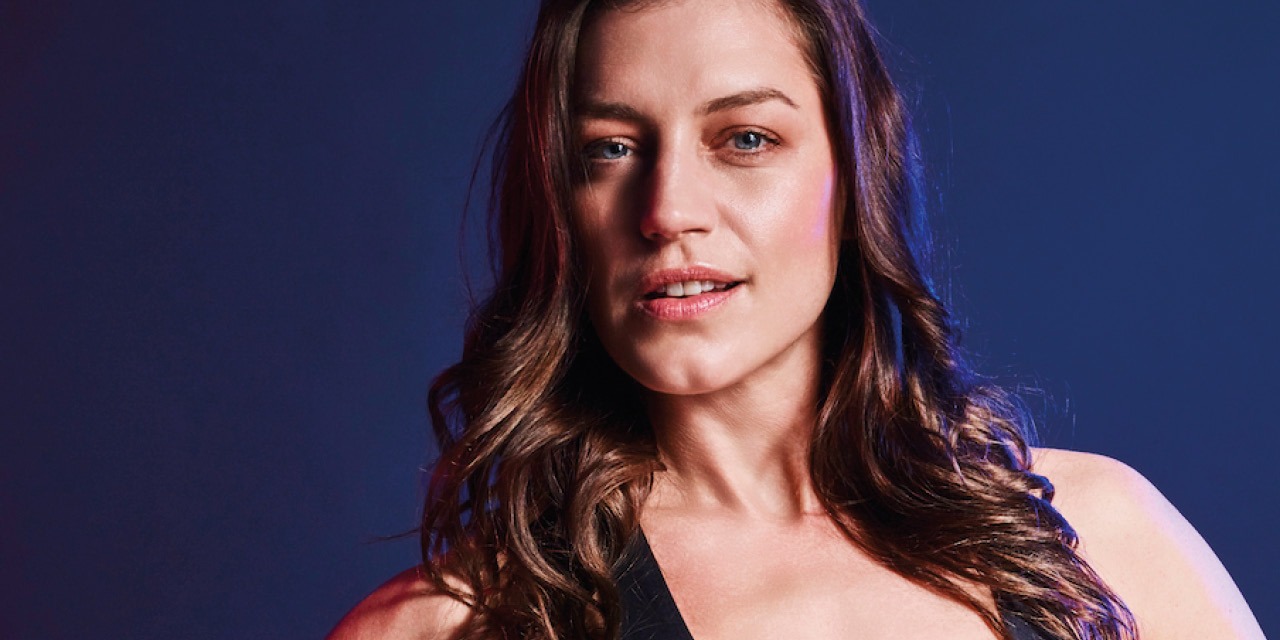
For us, getting customers back into most studio locations will depend mostly on getting them back to offices. Our customers generally fit into the low-risk categories anyway and were happy to come back to studios near them between lockdowns. In fact, our most residential location traded better whenever we were allowed to open in 2020 than it did pre-COVID.
Education around, and execution of, strong COVID safety protocols – as well as the sharing of undeniable, positive stats – should be enough for people to come back to your studios if there’s one near them. I’d also suggest it wouldn’t hurt to push out content showing people are visiting your studios.
But it’s also about positioning your studios as places to safely be around people – something so many are craving – while also being good for physical and mental health.
WE’VE MADE A BOOM CYCLE CLASS SOMETHING TO DO AFTER DARK, FOR THAT FEELING OF GOING OUT
Show how you’re making up for the things everyone’s been missing during lockdown. We’ve reworked our schedules to make a Boom Cycle class something to do after dark, for example – an even more authentic than usual nightclub theme with the great tunes they miss and the ability to see other people at a special, later-than-usual time. It gives our community that feeling of going out, where otherwise they’d be sitting at home in their PJs, going to bed early because there’s nothing to do but watch box sets.
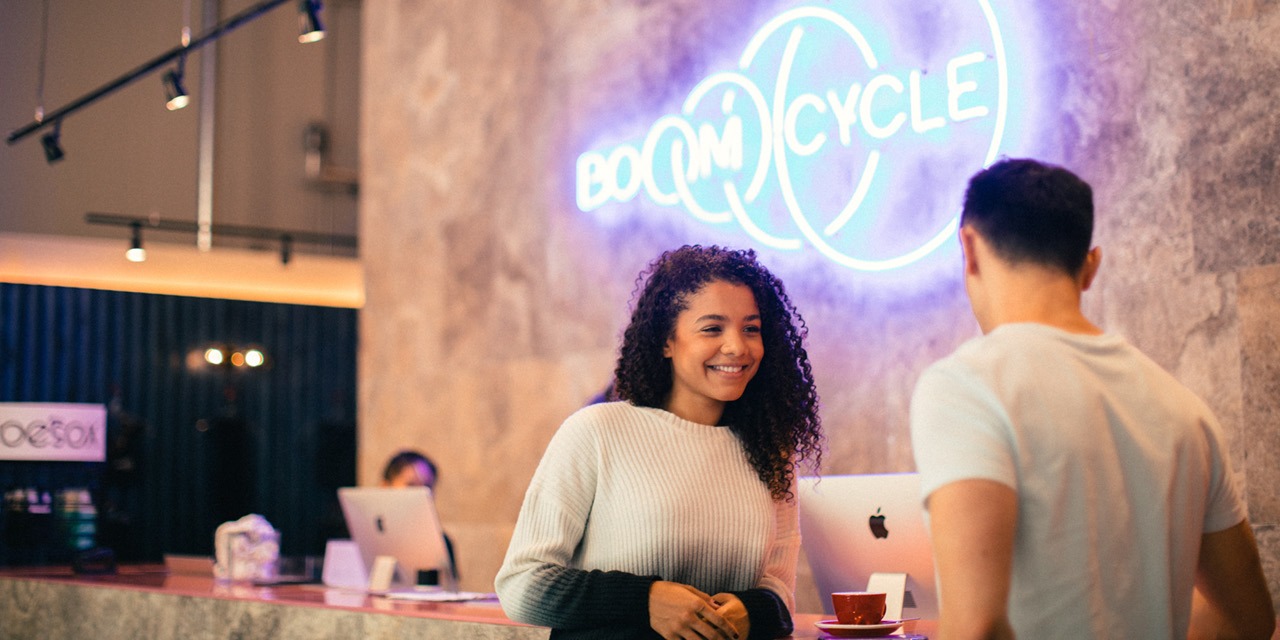
Of course, cycling has the advantage that the equipment can be spaced. In our studios, there’s also nobody facing anyone else head-on except the instructor, and they have a screen in front of them. Combined with a powerful air exchange system, it means we can deliver a great social experience very safely.
Social distancing will likely take some time to phase out, so we’re getting creative outside of class too, in our community-building social events. We ran candle-making workshops when we were allowed to open in 2020, for example, with everyone seated at their own workstation to which they could order beverages.
The final thing we’re doing to future-proof our business, which I appreciate not everyone will be able to do, is creating economies of scale and driving new business through a collaborative venture.
For a while we won’t be able to pack our classes as full as we used to, but we’ve just done a deal to create United Fitness Brands – founded by myself, my partner and the founder of KOBOX, Joe Cohen – to accelerate growth and drive economies of scale for our brands, and the other brands we’re looking to acquire into the group.
The identities of all UFB brands will stay separate and, from a consumer perspective, will run just as they always have to preserve hard-earned brand loyalty. However, there’ll be one head office team to drive efficiencies, while cross-pollination will be enhanced by building a Boom Cycle studio in the Kings Road KOBOX location and a KOBOX studio in the Waterloo Boom Cycle location. This will help us sweat those assets in a more efficient way, and will also give each community a view of, access to and endorsement of the other brand.
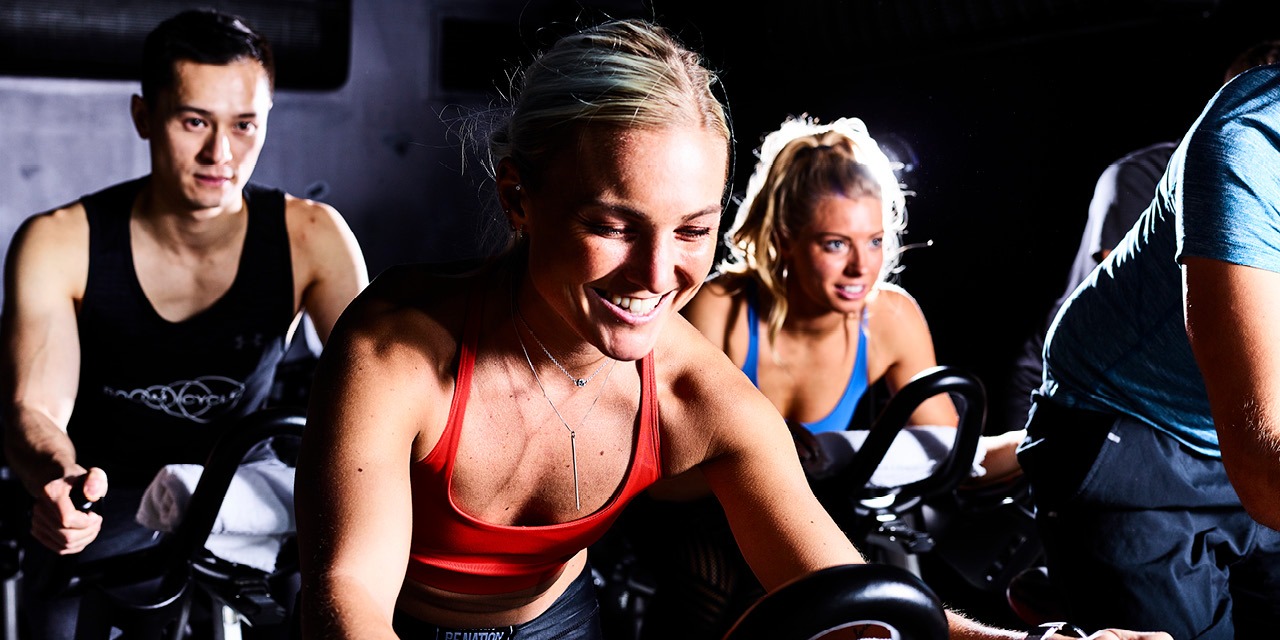
Finally, how about your instructors? Will they come back to you? This will partly depend on whether you supported them through the pandemic; all our instructors were fully employed, so they could all be on furlough. However, no matter what, nothing beats the feeling of being on the instructor bike in a live class. Digital classes will never take the place of that.
Overall, I’d say customers and instructors are craving that live class feeling. That social escapism and collective effervesce. I don’t think we need to change too much other than to be open!
Doyle Armstrong
UK business manager, Intelligent Cycling – Head coach, Newark Cycle Coaching
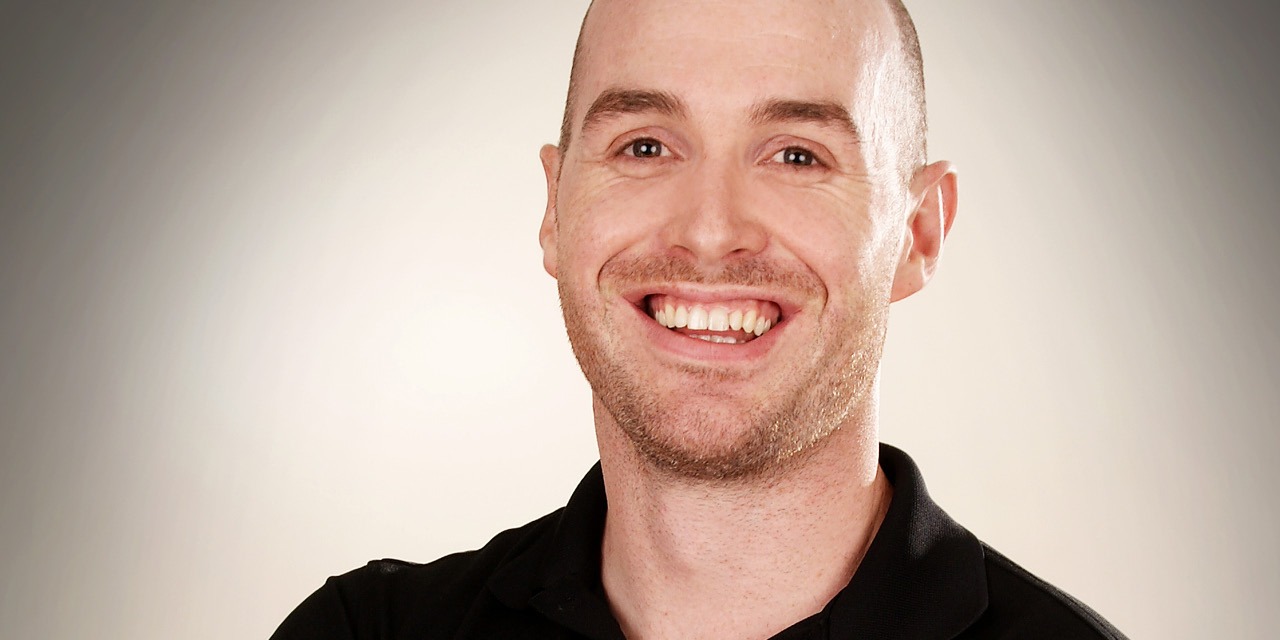
It’s time for operators to take a really critical look at their practices and provisions, to weigh up how they will attract customers back from the safety, comfort and convenience of their home set-up. What you used to do may not be enough to get members back. Be prepared to flex and change.
Cleanliness and hygiene has to be a top priority, with a very obvious extra (and continued) effort. Make sure your ventilation is up to scratch – nobody will appreciate the lingering smell of sweat – and space your sessions to allow for a proper clean between rides, possibly employing specialist cleaning staff to ensure procedures are followed with care. Always a welcome sight even pre-pandemic, members will certainly now notice where proper cleaning is – and isn’t – in place.
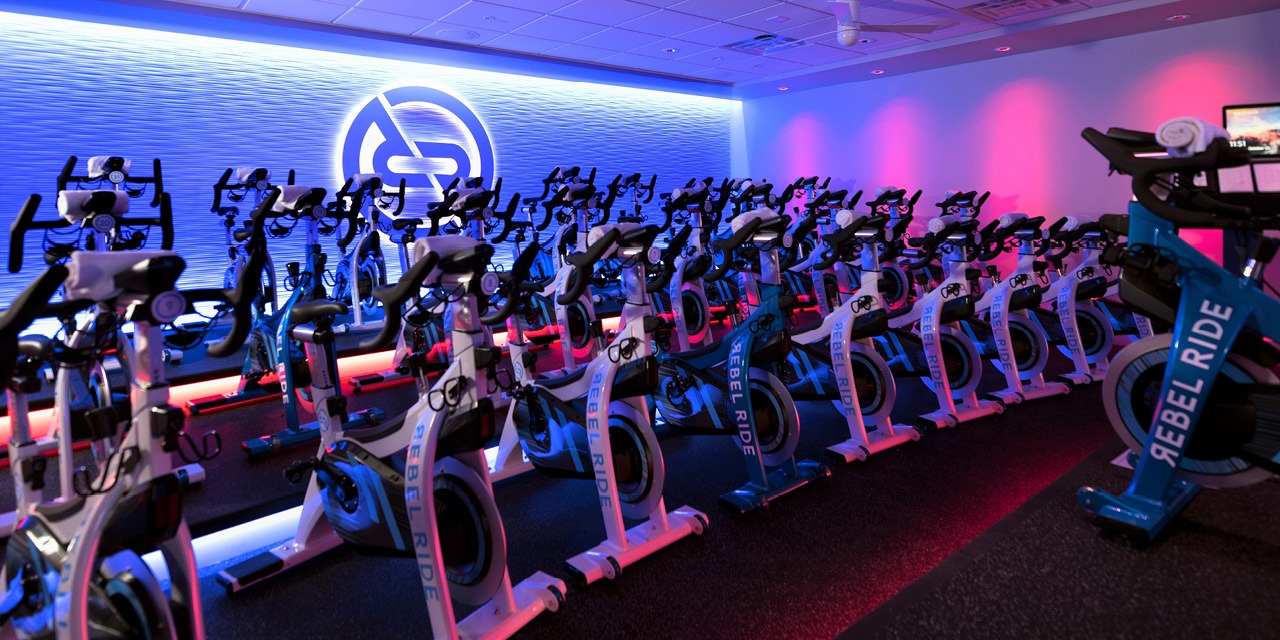
Give real consideration to bike spacing within the studio, too. I truly hope that selling as many bikes as possible, for a shoulder-to-shoulder experience, will be a thing of the past – a positive long-term consequence of COVID. Considered studio design goes hand-in-hand with quality of the experience; every indoor cycle manufacturer or software provider should be advising on bike numbers, placement and orientation to guarantee the best possible experience for every rider, including their ability to engage audio-visually.
And let’s talk about experience! Exposure to world-class instruction over a variety of digital platforms throughout the pandemic has made gym-goers more discerning. If you’re simply packing old-school bikes into a room and leaving non-specialist instructors to deliver an on-the-spot session to generic music – with no consideration of your space, the programming or the experience you’re providing – you’re going to find things tough.
The discerning gym-goer has spent lockdown running, riding and working out in a clean, well-appointed space at home, at whatever time they choose. They’ve ridden Zoom sessions, tried Peloton’s app, taken up Les Mills On-Demand’s free trial offer, dabbled with Zwift, taken FTP tests, and picked the brains of a variety of online ‘experts’ to unpick their data and move forward meaningfully. They’ll be looking for at least that, and more besides, when they come back through your doors.
So, what does that ‘more’ look like? What do you offer that they can’t get riding their Peloton at home or Zwift-racing friends from the local cycling club?
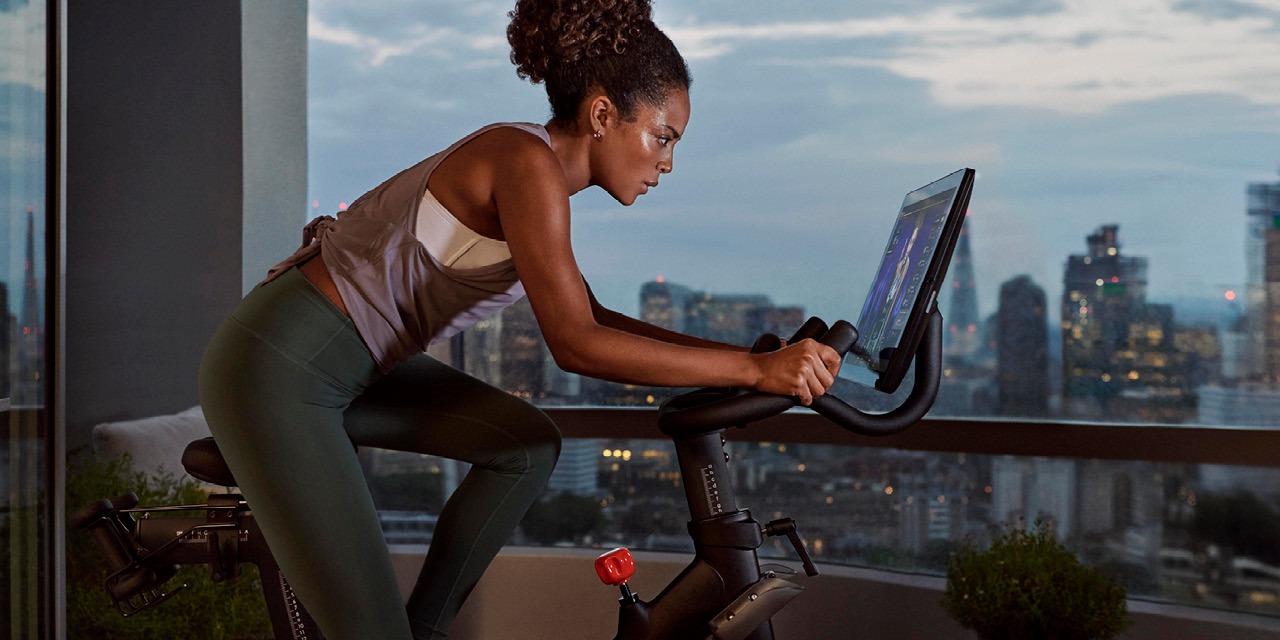
The answer should be a high-quality experience that starts at the front door. Think going to the cinema, with all the trimmings, versus watching a film on Netflix at home. Greet them with a smile and by name. Start on time, shout them out, have great light, great sound, great atmosphere, great instructors, great bikes, great air con. Give them the sense of community they’ve been missing. These are just a few things you’ll need to get right.
I hope selling as many bikes as possible, for a shoulder-TO-shoulder experience, will be a thing of the past.
Members’ online experiences over the past year will mean higher expectations around your digital experiences, too, so be ready to introduce more flexibility in terms of time, type and location of workout. Help members to continue the digital fitness journey they’ve been forced to embark on.
Offer a diverse selection of indoor cycling styles in-club, including virtual on-demand throughout the day, and enable app-based connectivity to in-club displays and third-party apps like Strava and Garmin. Live stream classes for those who haven’t been able to make it in, but who still want to ride with their favourite instructors from the comfort of their own homes. Negotiate a members’ price for bike purchases with manufacturers, so they can enjoy the same commercial quality bikes at home as in the gym. Get a foot-hold in your members’ at-home experiences.
Tracy Minnoch Nuku
Co-founder, FIRE Fitness -Founder, Sexy Ageing podcast
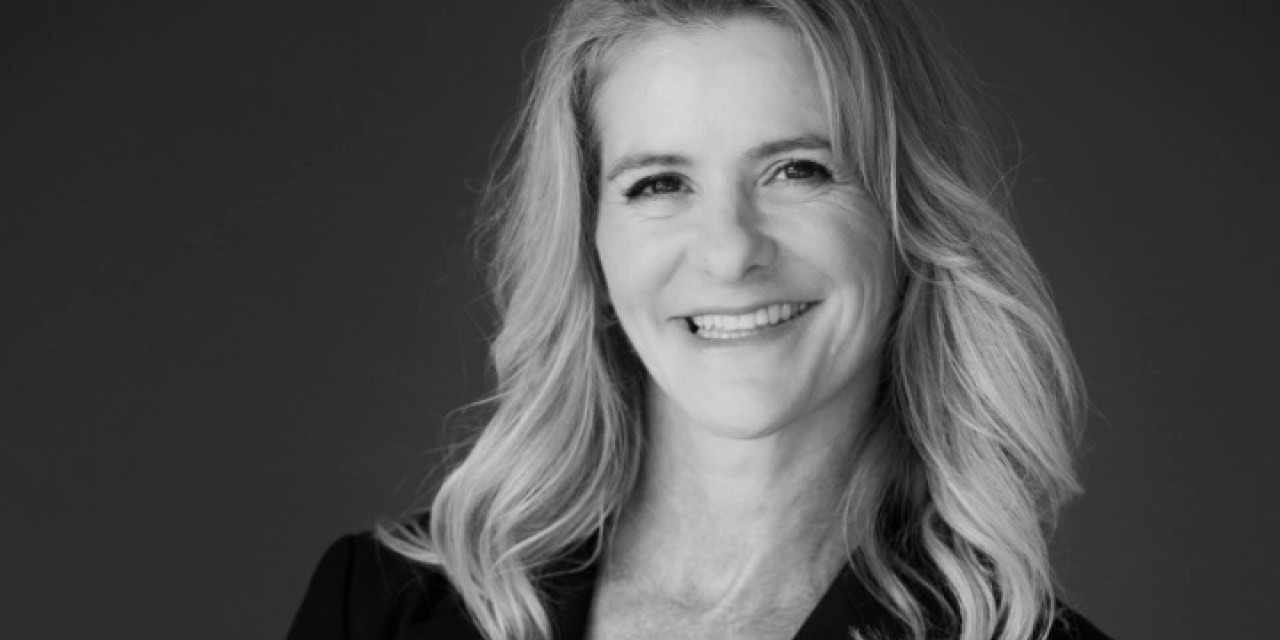
Hear from Tracy on the power of…
#1 Reminding people of the feeling that initially drew them to you
#2 Diving into the themes of adversity, strength and togetherness
#3 Avoiding surprises through clear communication
#4 Running countdowns and establishing engagement levels upfront
#5 Harnessing tech for team participation challenges
#6 Turning social distancing into a positive via hybrid classes
#7 Supporting instructors to transition back to in-person
Sarah Morelli
Director, Athleticum – Presenter – Distributor, Spinning UK & Ireland
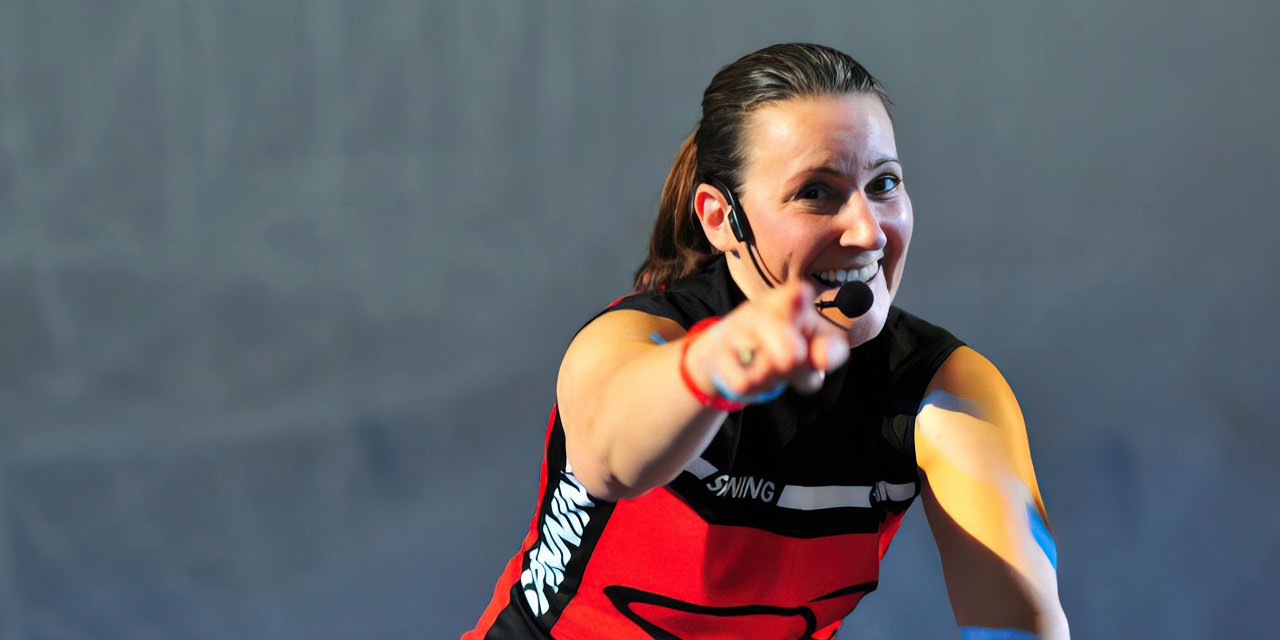
Indoor cycling has never been a more exciting space, with the pandemic – and its stay-at-home rules – pushing growth to new heights via the virtual world. Many have purchased home bikes; instructors and operators have invested in new solutions to survive financially. Manufacturers have also got creative, with the expanded home Spin® solutions – now available through retailer Costco in the UK – a great example.
Set against this backdrop of changed dynamics and changed member expectations, how will clubs and studio re-engage customers in-house?
My answer to the question ‘will members return?’ is a bold ‘yes’ – but they will do so with expectations of increased flexibility. Operators must not to fall into the same old schedules they once offered.
Demand for online will still be there. Every club and studio needs to be camera, action, ready!
Demand for online will still be there, with a year of home fitness forging new habits in your members, so you need to be offering hybrid in-person/online membership options. Every club and studio now needs to be camera, action, ready!
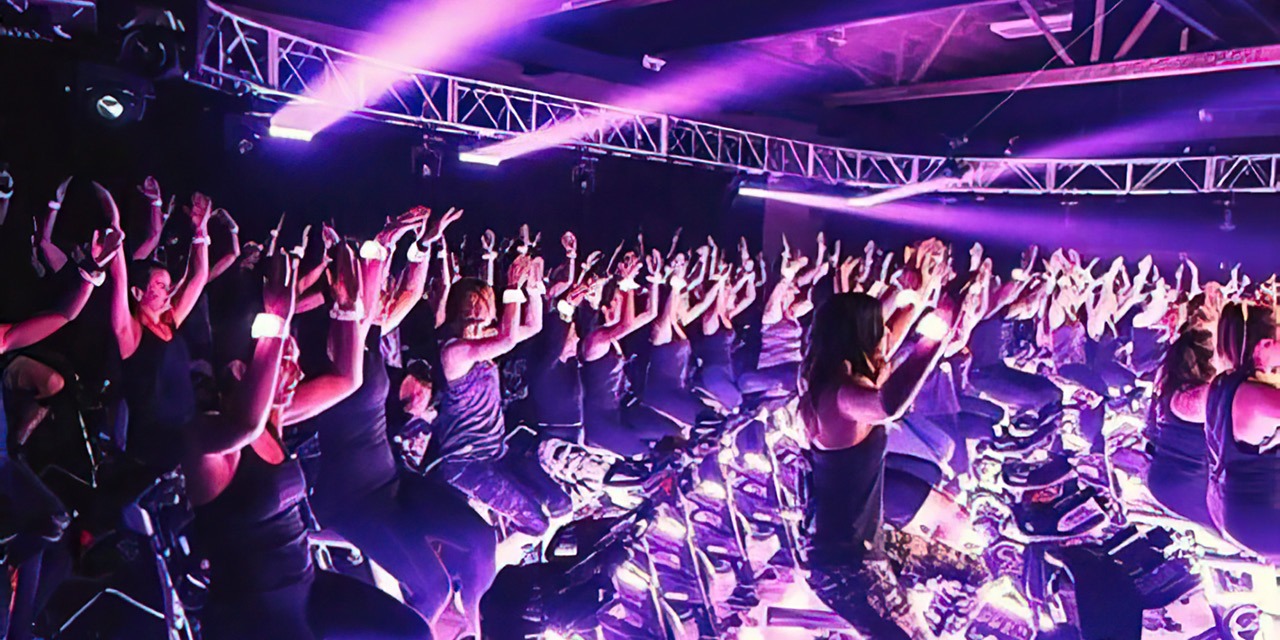
Clubs and studios also need a strong commitment to specificity of programming. That means a range of bespoke classes, designed with specific groups in mind, being made available both online and in-person. These are more easily targeted and delivered with low overheads online, but even in-club, operators must remember that one size does not fit all. Programming must be specific to the fitness needs of the members.
Matching instructors to your members is also a prerequisite. There are many fantastic qualified instructors over the age of 50 out there! Like attracts like. Does your instructor base look like your member base?
In-club, a heavier focus on community will be key. Instructors walking in and pressing ‘play’ on an un-planned or off-the-shelf class won’t instil a sense of social gathering, offer a reason to ride or provide a deeper sense of ‘in this together’ – all of which is certainly achieved by the better online providers.
Additionally, operators’ in-club schedules will have to reflect an understanding that people are, in some cases, fearful. They may not be as fit, they may be Long COVID sufferers, their mental health may have suffered during lockdown. Asking questions of your re-engagement plan is essential. Will your programming include social programmes alongside fitness? Will it include periodised training plans to help members kick-start as if new to fitness? Will your marketing invite active attendance? Who are your member champions who will help you engage others?
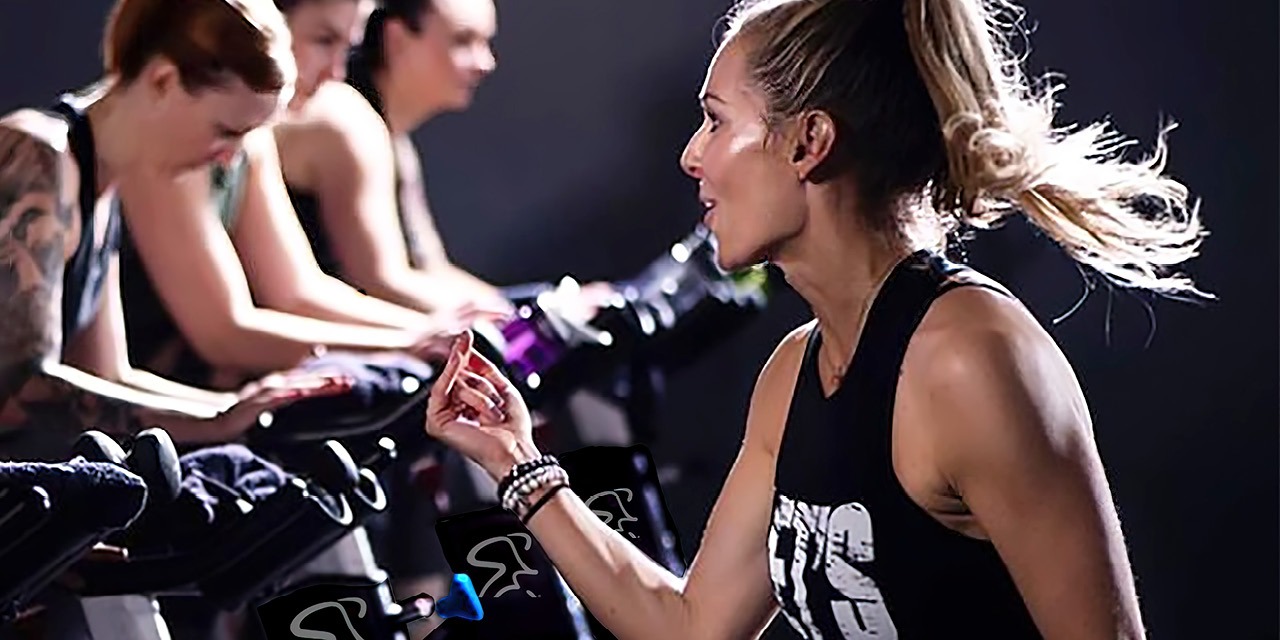
Then ask questions about your instructors, too. How will you re-engage staff and instructors, with additional training to refresh and upskill? How will you attract the best instructors in the market, willing to offer both in-house and virtual workouts?
A final observation on technology. There is of course some exciting and fairly inexpensive technology that can ignite rides both in-studio and online, but even digitally, remember that keeping it simple is often best. More than anything, it’s about keeping your eye on the needs of the member, with simple individual metrics – watts, heart rate, kilojoules – and programmes of classes that allow them to see progression. This is true whether they’re training live in the studio or at home with you.
A State of Ride
What’s your background?
My fitness background goes back to a bad leg injury I had in my early 20s. I had to learn to walk again, but as I got better, I joined a fitness centre and saw an ad for a thing called RPM. The moment I tried a class, I was hooked: the energy, the music, the party vibe… it ticked all the boxes for me.
“I’VE SET OUT TO BRING A MASTERCLASS EXPERIENCE, USUALLY ONLY AVAILABLE TO INSTRUCTORS, TO A BROADER AUDIENCE” – Matty Clarke
From that moment on, I wanted to become a cycling instructor. I’m sorry to admit I used to be one of those members who’d burn CDs of music and offer them to the instructors of the classes I attended! I didn’t have any education at the time – it was just my gut feel of what would work – but fortunately for me, one of those instructors was really impressed. She also happened to be national fitness manager for Fitness First Australia and she showed me the path to move into the industry.
In Australia, that meant first qualifying as a group exercise instructor – cue me teaching the grapevine in aerobics classes – but I quickly had an opportunity to move on and qualify as a cycling instructor.
Over the next few years, I got more cycling education under my belt, worked alongside
industry legends and ultimately went on to develop a fully accredited, pre-choreographed indoor cycling programme called RIDE, as well as setting up an in-house production company to create our own royalty-free music.
Then, in 2011, I stepped away from pure group exercise and opened my own functional group training facility, which I ran until COVID hit us in early 2020.
When lockdown started, I pivoted the business online, but the drastically reduced workload meant I quickly became bored. Together with my best friend Jason Warring – a former radio host and club DJ – we started to look at how we might create a whole new indoor cycling experience for the online environment. I came with a background in fitness, coaching, programme design and music production. He brought an unrivalled knowledge of technology, music design and theatrical production. And we met somewhere in the middle!
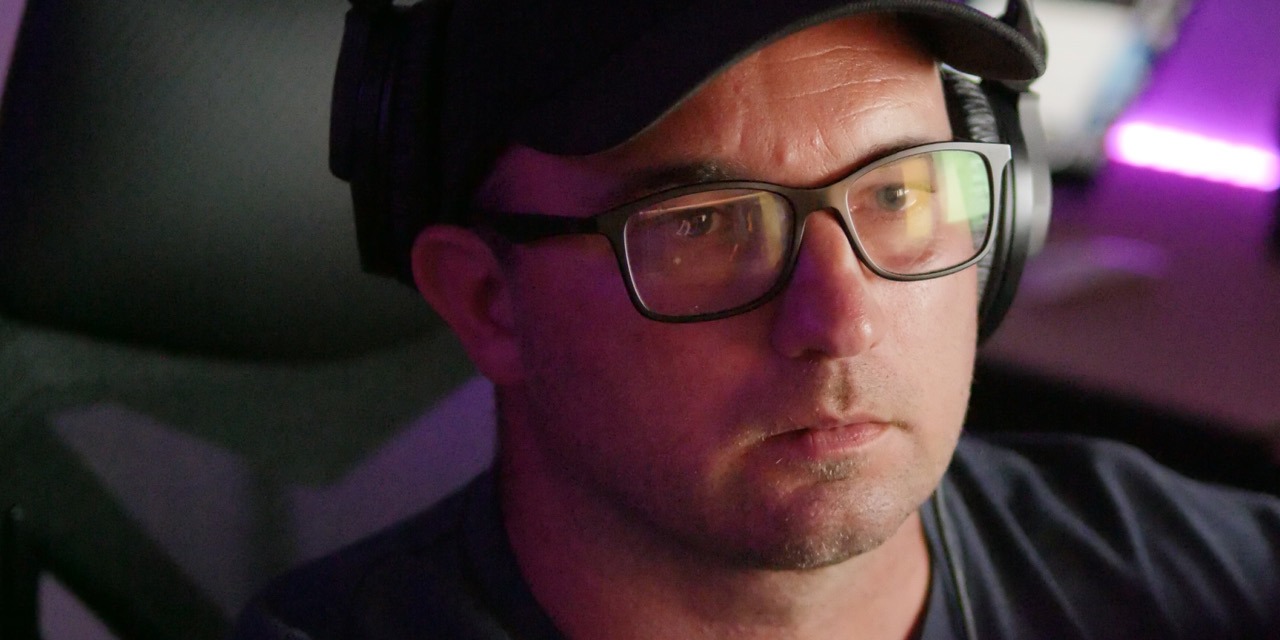
On 24 April 2020, four weeks after the beginning of lockdown in Australia, we live streamed our first ever A STATE OF RIDE, which with a bit of social media marketing drew in around 40 participants. It was clear this was something people wanted, so we’ve continued to develop and grow it.
Tell us about A STATE OF RIDE
A STATE OF RIDE (ASOR) is an immersive indoor cycling programme that I deliver as a weekly online masterclass to a global community of participants. It’s also a pre-choreographed programme that instructors can sign up to be affiliated with.
A LOT OF THE TIME, IT ISN’T ABOUT WHAT YOU SAY. IT’S ABOUT WHAT YOU DON’T SAY. LESS IS MORE.
Every Friday evening, at 7.30 pm Sydney time, ASOR is live-streamed from our now
purpose-built studio. Around the world – and especially in Australia and New Zealand, the UK and the US – participants tune in and take part in those live-streamed classes. If they want to donate to support us, they can – anything from A$6 a class – but it’s entirely voluntary. We’re just happy people are there and enjoying it.
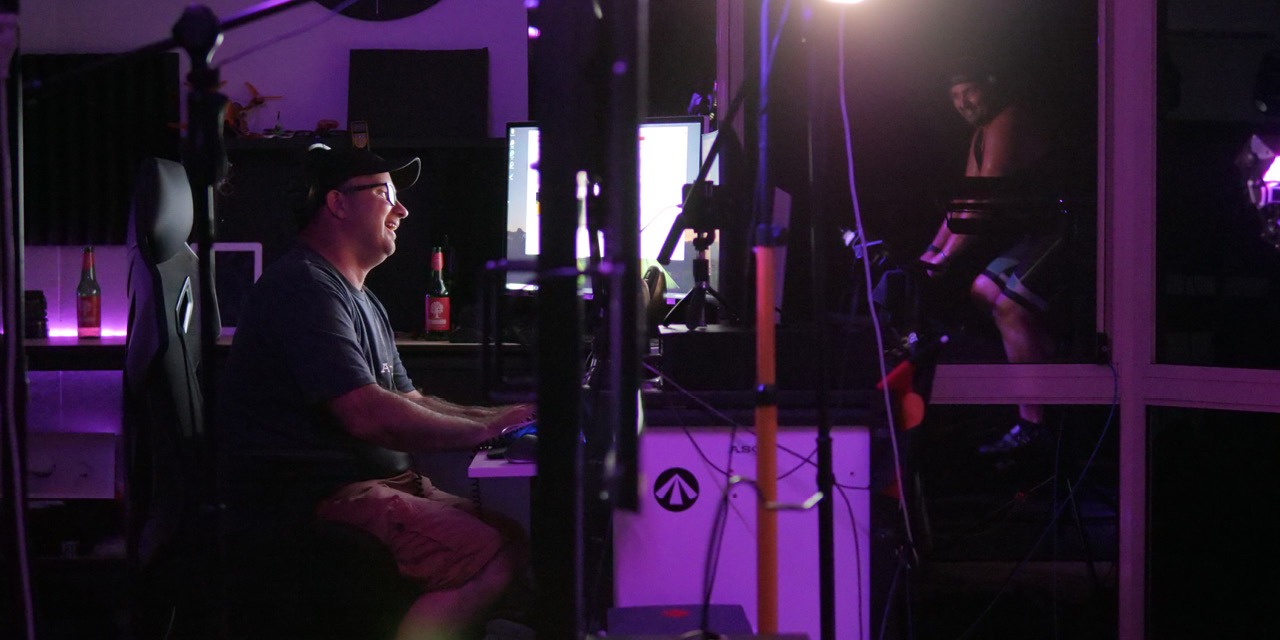
I design a new release every three weeks and, for the following three weeks, deliver the same programme in the live stream. Each time we stream it, though, we film it in a slightly different way, showing different options and variants to ensure instructors have plenty of flexibility when it’s their turn to deliver the programme. Throughout 2020, there were 15 full releases and more than 35 unique live streams.
What makes ASOR different?
Firstly, on the overall vibe, I’ve set out to bring a masterclass experience – usually only available to instructors at training events – to a broader audience. Those masterclasses are always so full of energy, passion, enthusiasm. I wanted the public to enjoy that too.
Then there’s the music, which we purposely seek out, re-mix and master around the specific needs of the programme. I believe many of the best indoor cycling classes are carried by the music – it’s such an important part of the experience.
Then, in terms of the programme itself, ASOR sets out to narrow the gap between outdoor and indoor cycling. Drawing inspiration from casual group rides, mountain biking, track and criterium racing, each class is structured around the notion of a real-life ride, whereby you start and finish at the same place. It’s an ‘out and back’ ride, meaning a class of two halves: in the front half, I introduce elements of what participants will need in the return leg, meaning there’s less explanation required later on and more chance to focus on motivation and coaching.
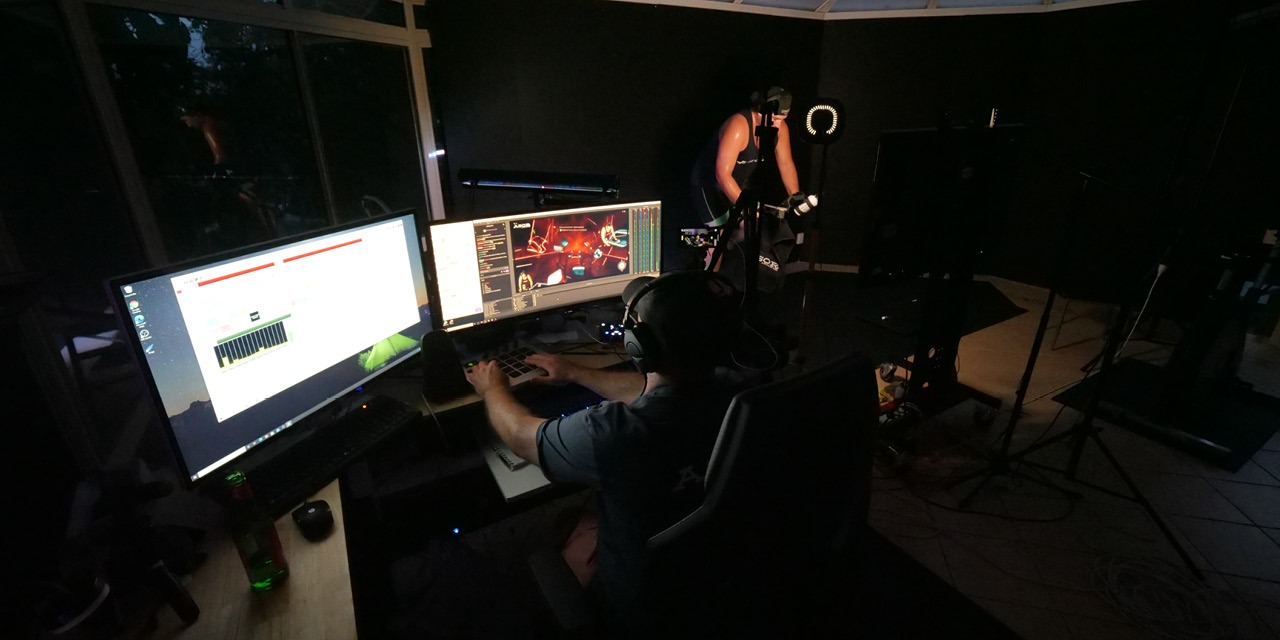
It isn’t just about performance cycling for the already fit, though. We’re aiming for the greatest possible attendance with continued adherence over time, which is why we film each release multiple times, showing options for all fitness levels and abilities.
ASOR is built around eight elements, with descriptors that enable flexibility in choreography: Warm-Up, Mixed Pace, Climbing, Attack Intervals, Race Endurance, Power, Peak, Ride Home. Others might call the Peak track a mountain climb, for example, but we don’t want to be that prescriptive, implying any particular riding position, resistance or RPM.
In fact, if you think about it, most of our track names aren’t even cycling-specific. We’re using purpose-based descriptors that immediately lay out the training objective of each track, evoking a mental image of what I want participants to be aiming for.
How does ASOR support instructors and clubs?
With each new release comes new music, a complete 55-minute class format, a detailed multi-option choreography booklet and marketing materials for clubs and/or instructors to use. We’re also able to provide branded clothing and accessories, which means ASOR is fast becoming a complete package to support clubs and facilities as they move back to in-person operation.
I firmly believe it’s consistency in class delivery that underpins long-term adherence.
Each new release has its own unique objective, music and feeling, with tools and guidance for instructors to ensure a consistent experience is delivered time after time within the ASOR format. I firmly believe it’s consistency in-class delivery that underpins long-term adherence.
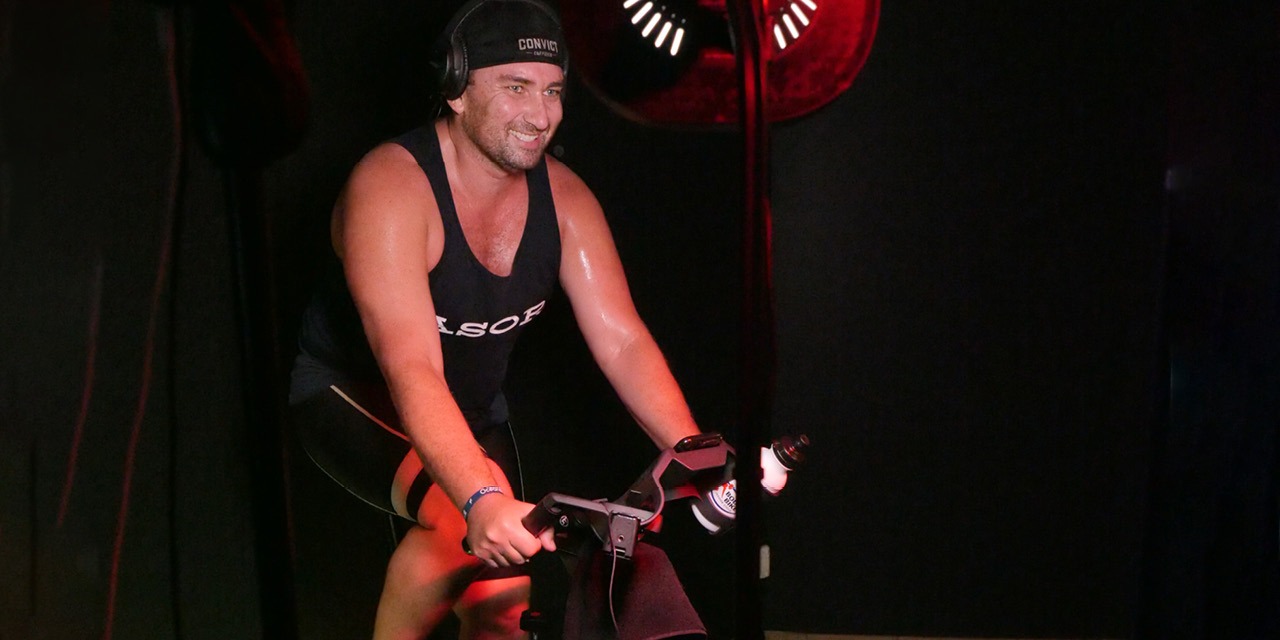
Just because it’s pre-choreographed, though, doesn’t mean there isn’t room for an instructor to shine. There’s plenty of flexibility within the framework for instructors to inject their own personality and deliver the programme their way. An ASOR instructor is free to use their own vocabulary, and can focus on the metrics they like to work with; all are built into the choreography booklet, as well as the live-streamed masterclasses.
What’s the balance between in-club and online?
Mostly, our instructors use ASOR in the clubs where they teach, but if the last year has shown us anything, it’s that the future of indoor cycling is a healthy balance of online and in-person. Gyms are no longer the single point of distribution for class content, nor the single point of connection of a passionate community.
We’ve therefore worked to develop as much quality content and support resources as possible, which clubs and instructors can now use fluidly – online or in-person – to suit their changing circumstances.
We’ve also been brutally, if not embarrassingly, honest around how basic our own set-up was to start off: a cheap webcam, a terrible lapel microphone and a coloured LED light from a hardware store. We’ve done this purposely, so instructors watching us aren’t put off venturing into the digital space.
What’s your secret to engaging remotely?
During the live stream itself, it’s about having a clear understanding of the objective – the workout profile – and intimate knowledge of my resources, such as my music and visuals.
From there, it’s about finding connective pieces within the programme to draw people that little bit further in. Sometimes it’s the music, other time it’s the physical demands of a track. One important point we reinforce to our instructors is that, a lot of the time, it isn’t about what you say. In fact, it’s about what you don’t say, what you let naturally occur. My coaching model is ‘less is more’. Leave people to connect to the music and the athleticism of the programme design itself.
It’s about being in the journey together, too. I’m 100 per cent accountable with my own efforts and people can see on-screen how hard I’m working. It’s infectious.
Finally, connectivity is also very important to the success of ASOR. People can engage with me through a chat function during the live stream, and I can give them shout-outs by name. That’s a very powerful tool in the remote training space, helping people feel they’re really there with you.
We also have a short pre-show stream, giving viewers a little insight into the set-up process along with a bit of chat from Jason and me. It helps recreate the in-club experience of mingling before class, which we’ve all missed over the last year.
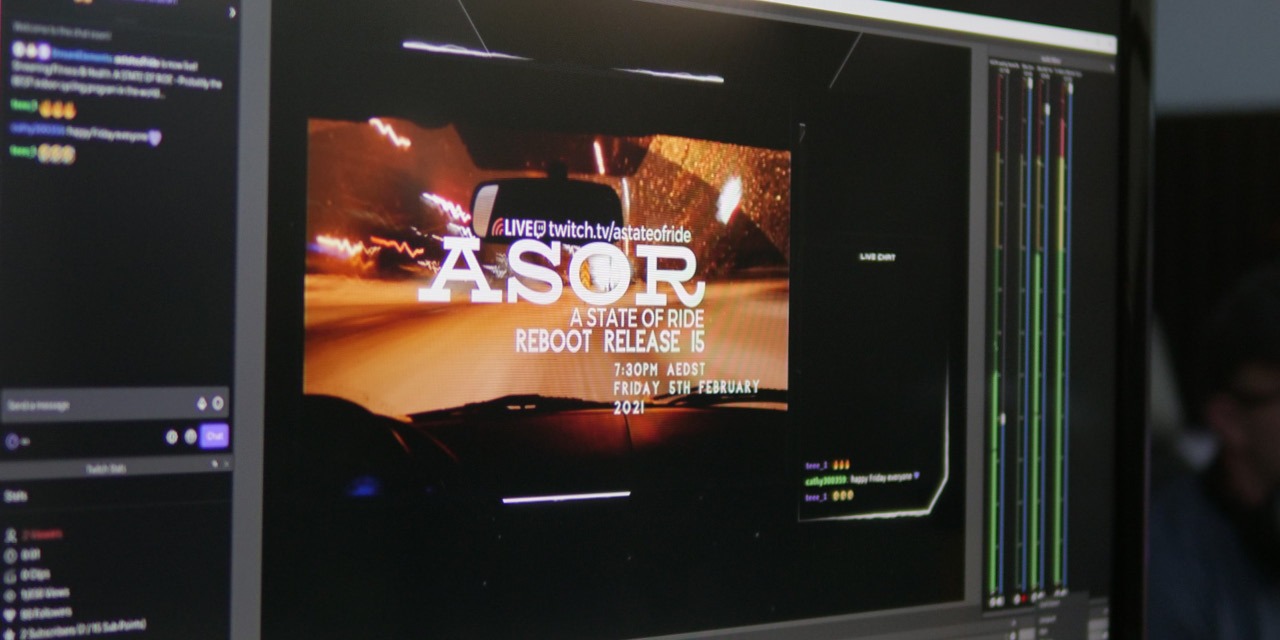
We’re visible throughout the week on social media, too, letting people know what we’re up to and showing them a real person they can connect with. We want to be accessible and
relatable, whether you’re a participant, an instructor or a club owner.
Tell us about the ASOR community.
Each week, we have anywhere from 30–80 people taking part in the live-streamed class; on new release days, it can peak over 100. These participation figures don’t include people who just log on briefly, either. These are people who spend an extended period in the broadcast.
What’s astonished us is that we have some people tuning in even if they aren’t cycling. We’re blurring the lines between entertainment and exercise, and that’s really exciting for us.
The element of scarcity helps: you can get on-demand, audio-only versions of the live streams after the event, but if you want the full audiovisual experience, you have to be there live. That means 5.00 am on your bike for some of our riders in the US, but they do it!
What are your future goals for ASOR?
The big hairy audacious goal is to become one of the pillars of indoor cycling education worldwide. We want to be out there creating programmes that transcend specific equipment brands and technology requirements.
We’ll also look to grow our revenue streams, both by growing the number of ASOR instructors globally – each of whom pays around A$50 a month for our resources – and, by continuing to provide a consistent, high-quality experience, hopefully increasing the number of participants who support us with pledges. At the moment, around 30 per cent of participants currently make a donation to support our continued production.
We’re also evolving all the time, drawing inspiration from other industries and other segments in the fitness sector. If we see something we think is cool, we ask ourselves how we can incorporate it while staying true to the programme. A great example is live sporting events, where we’ve seen a growth in large-scale, city centre screenings. We’d love to do something similar and create ASOR Live sites, collaborating with clubs to create exciting on-site events by streaming our masterclasses into their facilities.
Riding for Brain Health
Brain health has hit the news over recent months, with a growing number of former rugby and football players being diagnosed with early-onset dementia – the result of countless brain traumas over the years of playing their chosen sport.
Former Welsh rugby international Alix Popham is among them. “But rather than dwell on it or feel sorry for myself, I’m trying to be as positive as possible,” he explains. The result is not only a personal mission to stay as well as he can for as long as he can, but a new charitable foundation – Head for Change – which he launched with his wife Mel in January 2021 and which kicked off with a headline-grabbing fundraiser, the Rugby Ride Challenge, in March.
We talk to Popham about his story, his hopes for the foundation, and the recent cycling challenge.
Alix, you won 33 caps for Wales. What were your career highlights?
I remember my career from my younger years pretty well. I started playing at the age of four and most of my childhood revolved around rugby: training, tours, tournaments. I was in a very good team from the age of four to 17 and rugby became my everyday life.
I know what I did because I have it written down. But 95% of it I don’t really remember.
But as we progress into my professional career, the memories become less clear. I know what I did, and who I played for, because I have it written down. But I would say probably 95 per cent of it I don’t really remember.
My last game for Wales, for example, in 2008: we beat England at Twickenham for the first time in 22 years. I know I played in the game, because I have the jersey on the wall, but I have no recollection of being at Twickenham. When I watched the replay on TV last year, it felt like the first time I’d seen it.
The way my neuropsychologist explained it to me: my brain became so inflamed during that period – the result of taking so much contact during training and games – that my mind was taking photos of what was happening, but there was no ‘film’ to store those memories.
When did you realise something was wrong?
Things hadn’t been right for some time. For a while, my wife Mel thought I wasn’t listening to her or that I was going deaf, because especially in a group environment – with lots of people talking – I would struggle to take in what people were saying. I would often lose my train of thought, too, and struggle to concentrate. I’d use the wrong words for things, or simply forget the word for a very simple everyday object. And I’d get severe headaches, especially if I was feeling stressed.
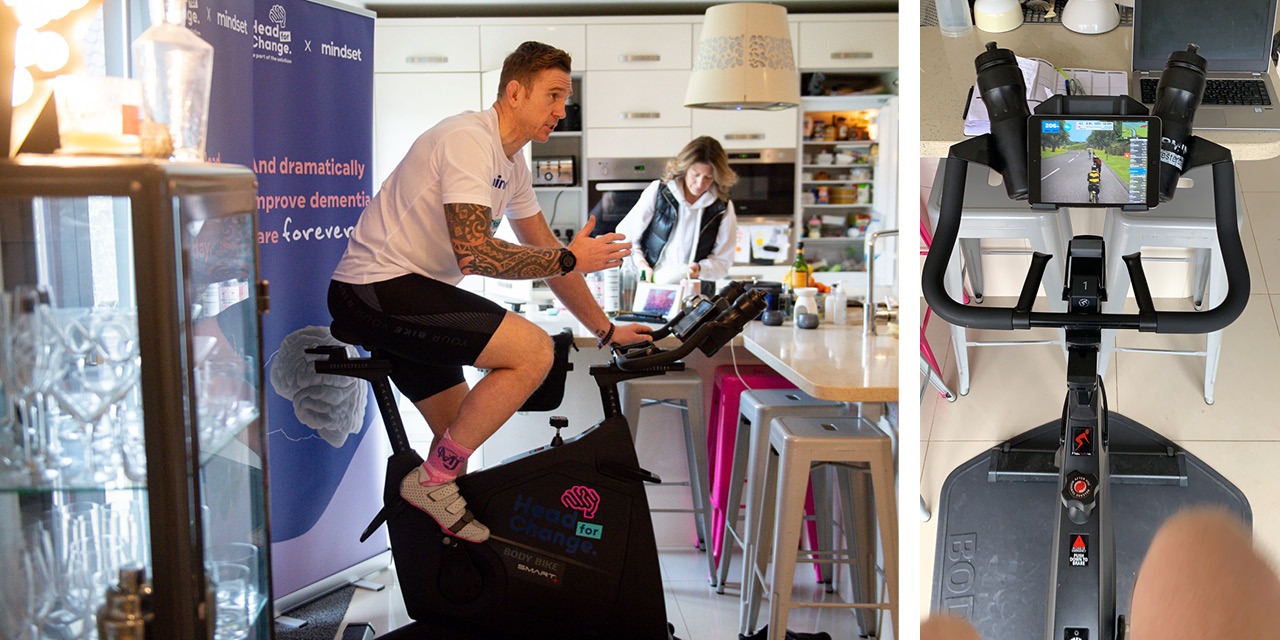
Around June of 2019, Mel suggested I go to the doctor, but I was convinced it was just work stress. It was only on a bike ride at the beginning of September that year – when I suddenly found myself totally lost, in spite of having done the route hundreds of times before – that I went to see my GP, who fortunately was also a neurologist, and testing began.
Current Welsh and English rugby players are doing 230–240 contact days a year. That has to be reduced.
My MRI scan and neuro-psychological assessment didn’t provide any real answers as to the cause of my symptoms, though, so I was introduced to a neurologist who specialised in sports head injuries. The resulting DTI scan picked up five areas in my brain that were significantly damaged and, on 16 April 2020, the diagnosis was made. I had early onset dementia as a result of repetitive brain trauma.
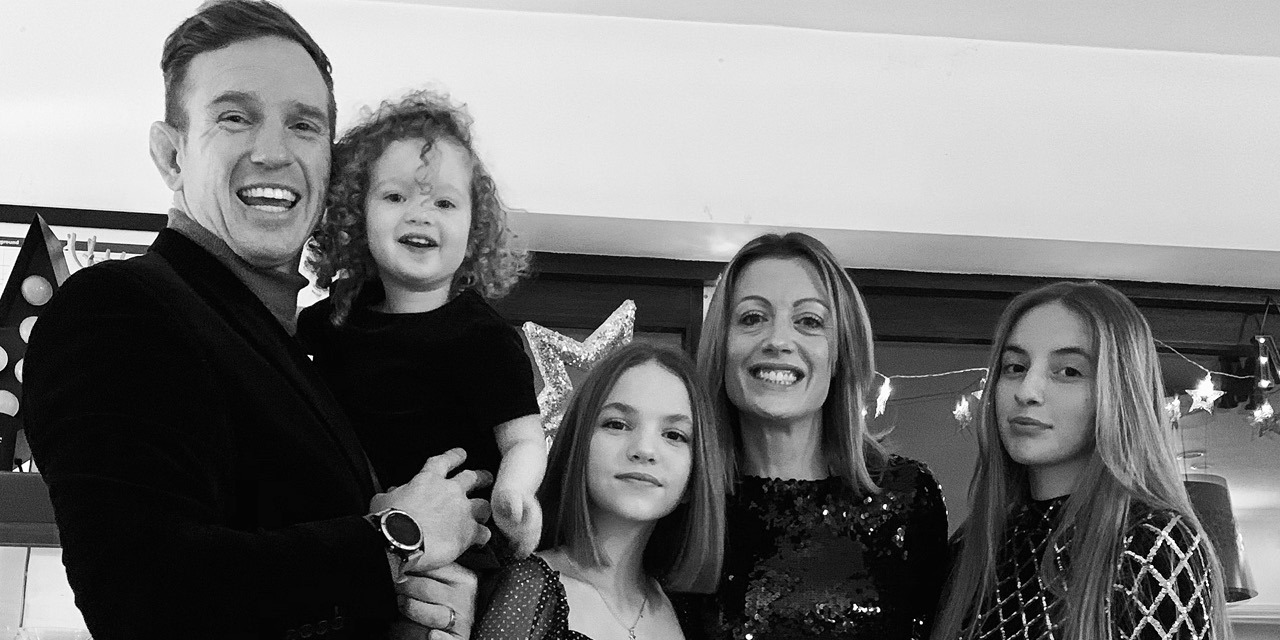
How did Head for Change come about?
I have three daughters – aged 16, 12 and three – so at that point, Mel and I started googling ‘how to tell teenagers that their dad has early onset dementia’. All the information related to grandparents, though; there was nothing helpful we could take away to talk to our kids about.
Luckily we were put in touch with a wonderful woman, Dr Judith Gates, whose husband Bill previously played for Middlesbrough FC. He also has dementia, and Judith helped us role-play how to tell the girls.
But off the back of this, we realised there was a desperate need for support for all those going through the same thing. At the time I was being tested, there were only around 15 other guys going through the tests. Now there are about 250 in the UK alone, and I imagine thousands more men and women struggling, being wrongly diagnosed as depressed, drinking too much, even attempting suicide.
We wanted to get information out there as quickly as possible to support ex-players and their families. Head for Change is the result.
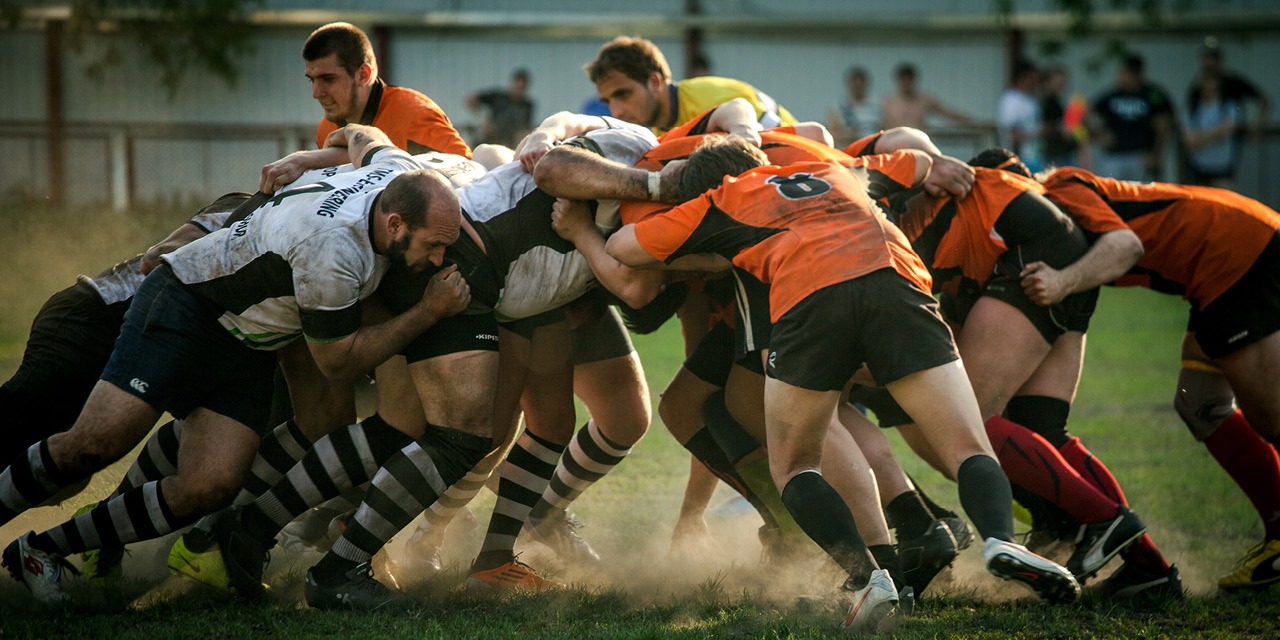
What is the foundation hoping to achieve?
We’re in start-up mode at the moment, but we’re already aware of loads of great research projects going on around the world. The problem is, nobody’s really talking to each other. We want to try and bring together all the best brains in the world to build a body of research, and come up with solutions, to help those diagnosed.
We want to provide support and information for those affected, and their families.
And we want to encourage change within the sport to make the game safe, so parents are still happy for their kids to play. That means reducing the amount of contact in training; it’s believed 85 per cent of the damage to my brain was done during training sessions. In the NFL, players have a maximum of 32 days of contact a year, but I’ve spoken to current Welsh and English rugby players who are doing three or four contact training sessions a week, plus matches. That’s 230–240 contact days a year, and that has to be reduced.
I’d also like to see regular player MOTs and an injury database so players’ history can be tracked, even if they move clubs. And I want to see more education across the board, starting at grassroots, so everyone who gets a knock to the head knows to take it seriously.
I believe there’s a lot of positive change we can introduce to protect players and the game we love. If all of this and I were starting out in my rugby career now, I’d happily do it – but otherwise, no.
Tell us about the Rugby Ride Challenge.
Right now, we’re pushing hard on fundraising to get Head for Change fully up and running. The Rugby Ride Challenge was the first big event.
Taking place on 6–7 March 2021, the event was organised in collaboration with Zwift, so everyone was cycling the same virtual course. Over the two days, almost 2,000 people took part; it was 12 hours a day, broken down into two-hour sessions, and you could take part in anything from two hours to the full 24.
Cycling pro Geraint Thomas got in touch when he heard about the foundation, and he completed three two-hour stages on Sunday, but we had over 100 former international rugby stars taking part too, as well as hundreds of members of public. Each participant was asked to compete on behalf of their nation – England, Ireland, Scotland, Wales or Rest of the World – with the miles they racked up going to their team’s total.
Between them, the participants cycled an incredible 106,495 miles over the space of the weekend, raising over £58,000 for Head for Change. Team England topped the total mileage leaderboard with 20,174 miles; Team Wales came out on top on an average miles per capita basis. As part of Team Wales, I personally cycled 408 miles over the two days, raising £3,012.
We’re hoping the success of this event will now spur people on to become community champions for the foundation, organising their own events to raise funds and much-needed awareness.
Even if all someone does is sign up for our newsletter, that’s OK. We just want people to be having these conversations, to be aware, to get involved.
How important is exercise to you these days?
I try to do as many of the things that help me feel good, and that help my family, as I can. That means regular exercise, a Mediterranean diet, the various therapies I’m finding beneficial – using a hyperbaric chamber, infrared sauna and red light therapy, for example – and cutting stress out of my life where possible. These are all the 1 per cents that will hopefully add up to keep me here, the way I am, for as long as possible.
In terms of exercise, I’m sure other sportsmen and women are the same, but I still get a great feeling after training, setting myself up for the day. I was never really into long runs, but I’ve always enjoyed cycling, both for the exercise and for the social aspect of going out for a ride with friends. Now I’m putting the hours in on my BODY BIKE, which I love – not least because it’s silent, so I can watch my box sets without turning up the TV to the point I deafen the family! I’ll sometimes train on Zwift with friends, too.
The increased flow of blood and oxygen to the brain when you exercise can help slow the progress of dementia
Research by professor Damian Bailey – who’s worked in this field for 20 years – shows that former pro-rugby players are getting to the age of 60 and presenting with the brain health of a 75- or 80-year-old. However, his studies also show the increased flow of blood and oxygen to the brain when you exercise can help slow the progress of dementia. We’re now looking to do some more research in this area, specifically among former players diagnosed with early onset dementia.
Importantly, though, professor Bailey’s research shows that exercise is important for everyone’s brain health, not just former sports stars. He’s shown that a normal person who exercises three times a week throughout their life will, by the time they’re 60 years old, have the brain health of a 40-year-old.
Given that dementia is set to be the biggest killer in the UK in a matter of years, we’re therefore keen to educate everyone about the importance to their brain health of staying active.
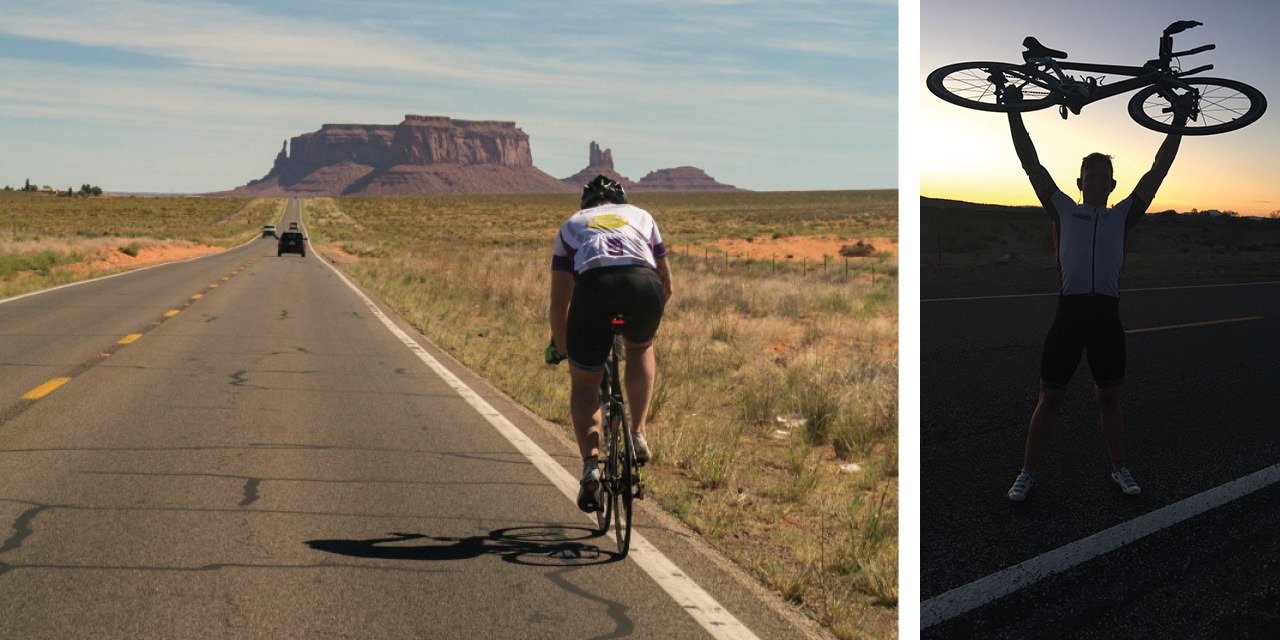
Artificial intelligence. Real results.
When you hear the term AI (artificial intelligence), what does it conjure up in your mind?
Do you imagine it to be something futuristic: technology that will one day power world-dominating robots, self-driving cars and so on?
You certainly wouldn’t be alone in this view, but to pigeonhole AI as something for the future is to miss out on the very real opportunities it presents to gym and studio operators today.
AI is, after all, a significant force in our lives already: from deciding what we need to see in our news feed, to suggesting an artist we may want to play, to giving us to-the-minute arrival times in navigation apps, it touches us in myriad different ways every day. Its role and reach will continue to grow, but we are – all of us – already reaping its benefits in the shape of enhanced, more personalised experiences throughout our daily lives.
So, what does this mean in a fitness context?
When you look at the new entrants to our sector, whether they be existing tech players like Apple or the likes of Peloton, you can be assured of this: AI is at the heart of their product development, customer experience and business operations.
It can, and should, be at the heart of yours too.
The data already exists in your business to improve your offering in a multitude of ways
Let AI do the heavy lifting
The starting point is data, but don’t allow this statement to set alarm bells ringing.
You may have been told that AI isn’t something our sector will be able to take advantage of due to shortcomings in operators’ data. This is, however, fundamentally untrue: I can say with confidence that the data already exists in your business to improve and refine your offering in a multitude of ways.
Indeed, from our conversations with more than 100 club operators around the world in the last 18 months, without exception the data they needed to transform their businesses – from personalisation of the member journey, to increased secondary spend, to better targeted products and services – was already there.
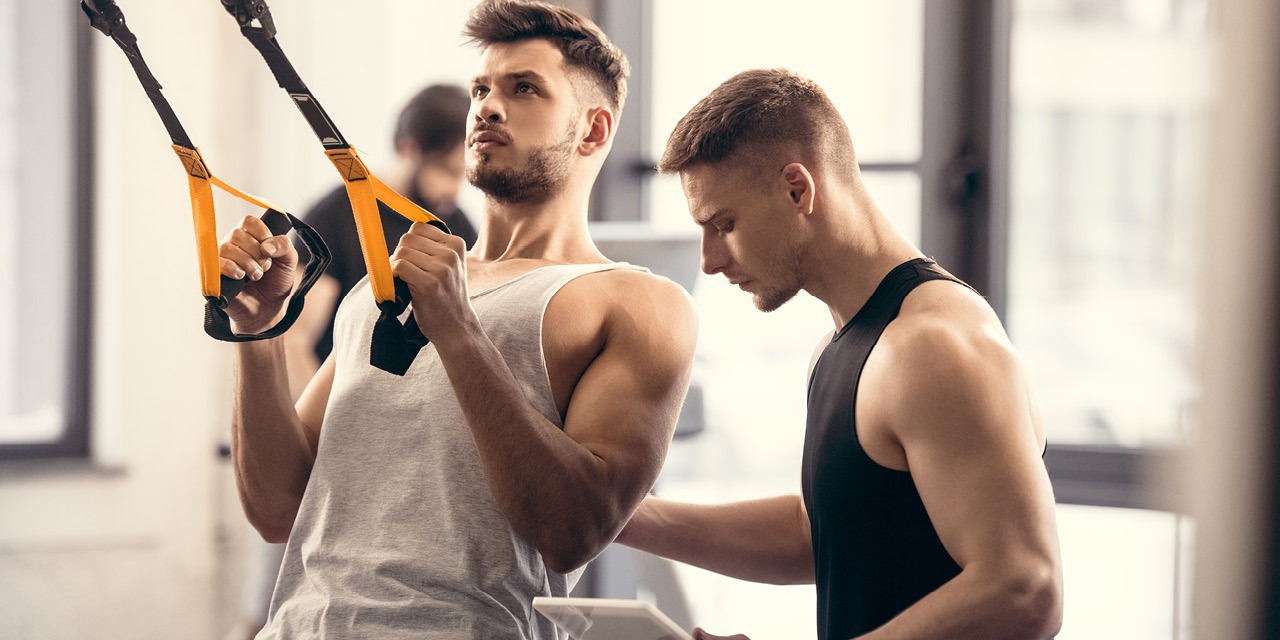
You would be amazed at what can be done with incomplete datasets, too: it’s now entirely possible to clean and enhance them, filling gaps and making them fit for purpose.
By then applying today’s powerful AI and machine learning tools to this customer data, you’ll unveil a level of insight that, in many cases,makes it blindingly obvious where improvements can be made and opportunities taken.
Let’s take a look at some specific examples of how this can be used to transform your indoor cycling offering.
Schedule for retention
How do you currently design your class timetable? Most likely it’s based on a combination of peak times, typical attendance levels and instructor availability. And that makes sense – these are important variables. But they aren’t the only variables; you’re unlikely to maximise member satisfaction if you schedule based on these factors alone.
For example, did you know that even a consistently well-attended class might nevertheless be a cause of member attrition? This was the surprise learning for one of our clients, who found that its always-full HIIT classes were a common factor among members leaving the club. On closer inspection, the HIIT classes were attracting lots of new members, lured by the promise of quick results but then quickly put off when the workout was too hard for them.
AI works through millions of scenarios to create an optimised timetable for member retention
And that’s just one example; your typical timetable will be full of such considerations, as well as other far less obvious ones. In short, there are so many variables at play that optimal scheduling isn’t a task a human can undertake.
Instead, plug your member data and your class schedule into an AI platform and it will work through millions of possible scenarios to create an optimised timetable for the satisfaction and retention of your members. Here’s how it works.
• Your AI sees member and class attendance and the schedules you have in place.
• It also understands the drivers behind your member retention performance in quite literally a million different ways.
• You ask your AI to optimise your class timetable for member retention.
• Your AI will take into account every variable and generate new timetables.
• With each variation, it will provide you with the expected retention improvement from implementation, allowing you to optimise the schedules for member satisfaction.
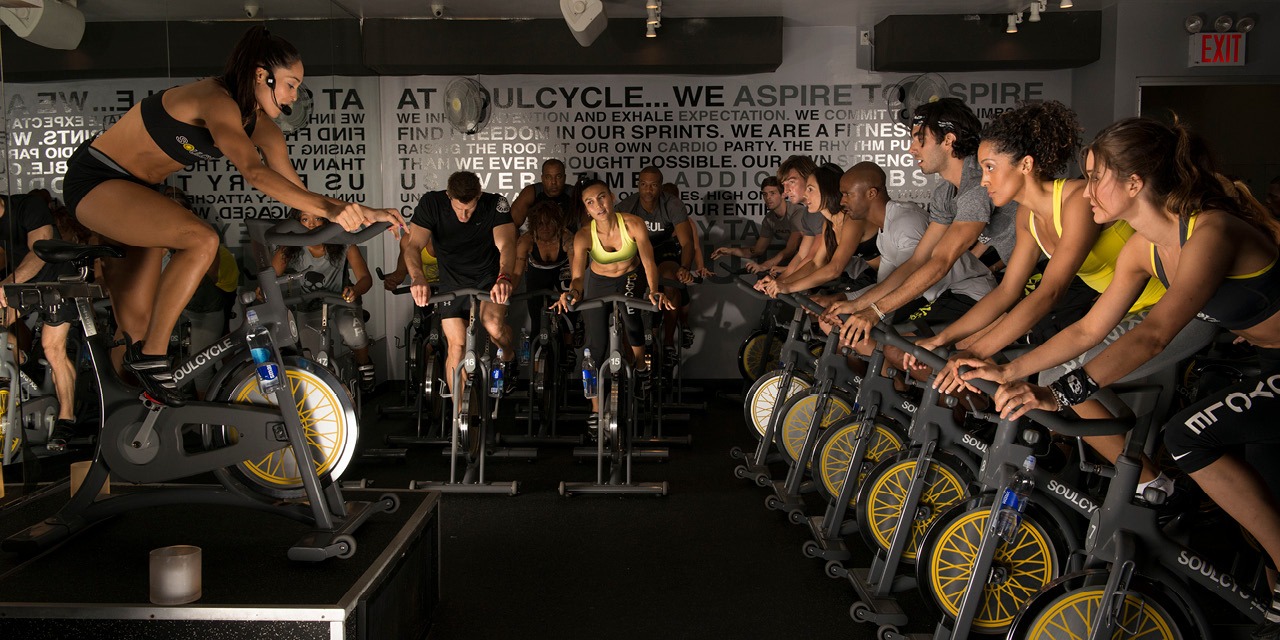
The changes might not be dramatic: minor tweaks in start time, dropping from three to two classes on a Saturday morning, flipping from two classes on a Monday to four on a Friday. The point is, the AI will have looked at every single permutation – assessing the impact of each possible variation on the retention of every single one of your members – to arrive at the optimal schedule.
Of course, even this AI-generated timetable won’t tick every box for every member: you will still have people complaining about changes that don’t suit them. The key is not to be swayed by the vocal few. Powered by AI, you can move ahead confident in the knowledge that your timetable is the best possible fit for the majority of your membership.
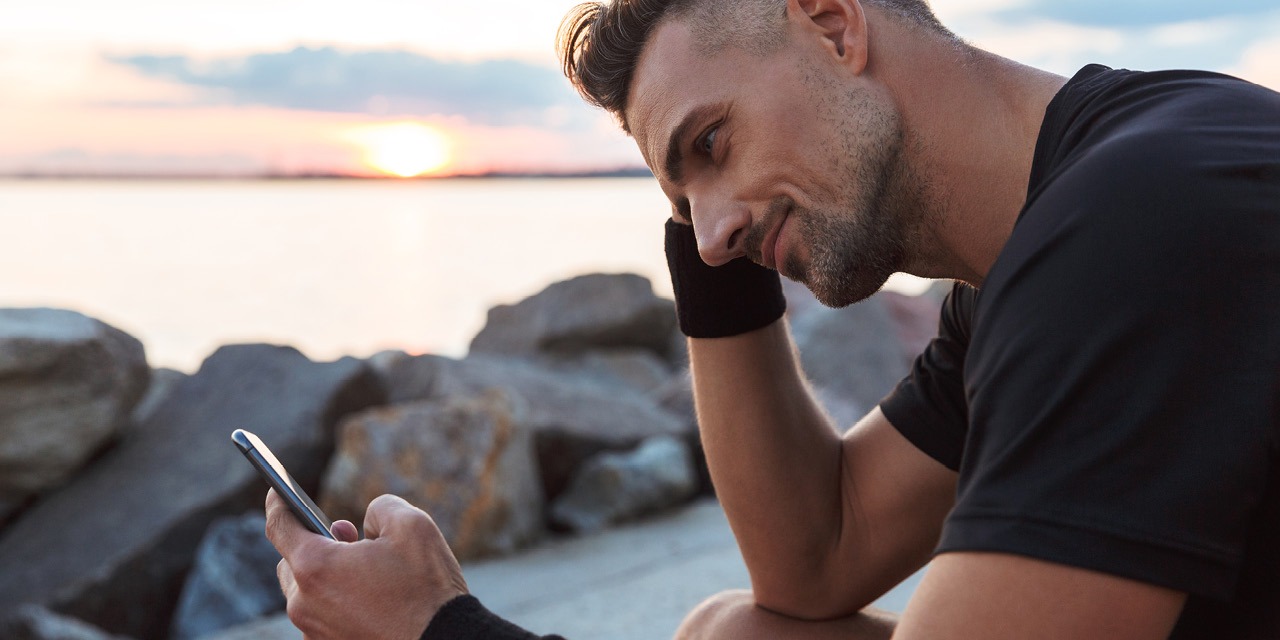
Incidentally, AI will also be able to tell you which of your members are likely to feel aggrieved at the schedule changes, allowing your GM to put in a few pre-emptive calls to let them know what’s happening, apologise for any inconvenience and offer them a free smoothie next time they’re at the club.
Understand instructor performance
Instructor performance is another significant factor in member retention, and once again AI can provide you with actionable insight. Our system always models to the individual member, before scaling up to a statistically significant level to see where specific factors – a particular instructor, for example – are contributing to retention or attrition. By looking at what all the members have in common, we can identify human issues with a high degree of accuracy.
ONE CUSTOMER GREW NON-DUES REVENUE BY 43 PER CENT IN THE SPACE OF JUST SIX MONTHS
It allows single-site operators to compare the performance of the various instructors delivering the same class format, or a multi-site operator to understand why the same class might be driving very different retention levels at different clubs.
And the issues might not be where you expect: we’ve witnessed one personal training example where the club’s highest performing PT in revenue terms was in fact contributing to member attrition, while a lower-performing PT in revenue terms was driving retention. Armed with this understanding, you can take the appropriate actions, whether that’s staff training to plug skill gaps or changing your instructor line-up.
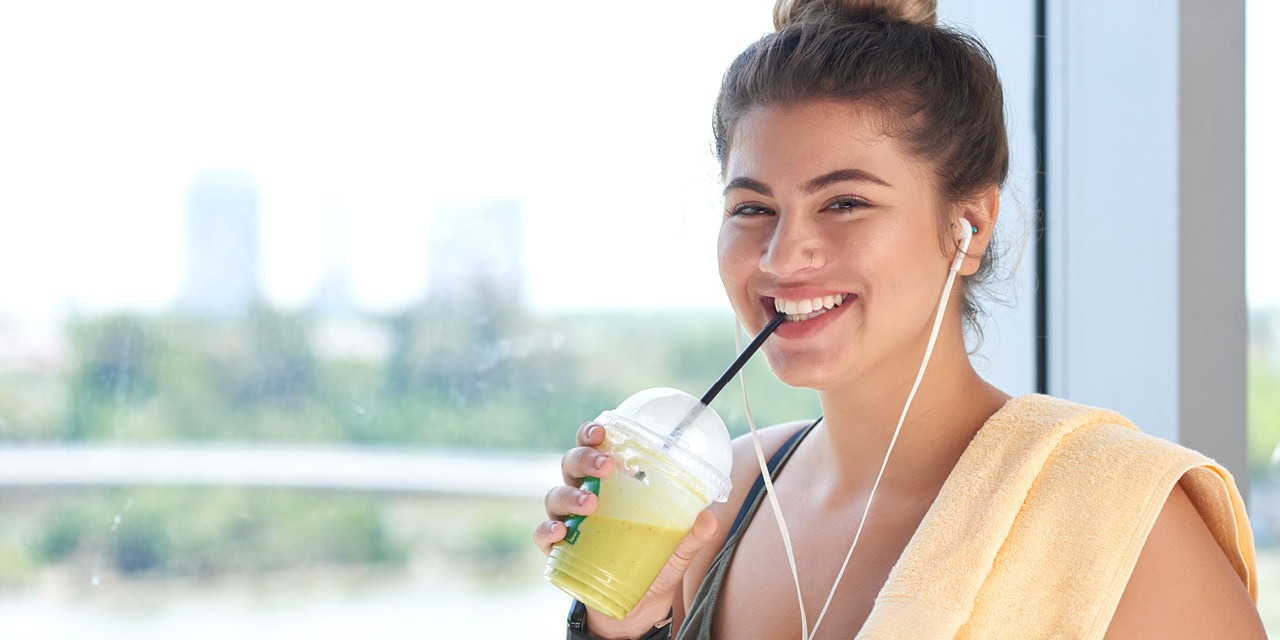
Maximise class sales
At face value, the following example is primarily of value to boutique operators and/or those who sell pay-as-you-go class packages. Even if that isn’t you, though, do keep reading, because the use case is sufficiently flexible to encompass many different areas, from the sale of class packs to personal training to discounted multi-packs of massages or smoothies.
Say you offer your cycling classes for purchase as individual sessions, or in packs of five or 10. Your AI can first identify the individuals from your database who will purchase from you. It can then segment them further into those most likely to purchase each of the particular packs.
Andrew would buy a five-pack, but he’s just as likely to purchase a 10-pack, so serve him that offer. Cathy, meanwhile, is highly unlikely to want anything but a single session, so don’t scare her off with a five-pack offer. Bank the one-session sale.
Add automation and you have AI working 24 hours a day, seven days a week to find customers who would be receptive to an offer, before serving them with the correct one in a piece of communication that at the very least is relevant to their age and gender, and delivered in the optimal engagement format for them. It ensures you aren’t leaving any potential revenue on the table, and it’s all achieved with no human intervention.
The potential is massive: one customer adopted this approach for non-dues revenue among its membership and grew it by 43 per cent in the space of just six months.
Attract high-value customers
A similar approach can shape the way you target and talk to prospects, too.
Once your AI has built up a picture of your ideal customer – the customer who will buy a 10-pack of classes every month, who recommends their friends, who has a juice on most visits, but above all who stays with you the longest, with the highest lifetime value – it also knows the factors that underpin this: everything from their age to the classes they do to the source through which they first came to you.
YOUR COST OF ACQUISITION WILL BE REDUCED, YOUR CONVERSION RATE HIGHER, AND YOUR CONVERSION COST LOWER
And this is invaluable in your marketing efforts. Let’s take Facebook advertising as an example. Your AI will use the above insights to create what Facebook calls a custom audience. In turn, this ensures your ad is served only to those who look very similar to your best customers, helping you attract high-value customers. Your cost of acquisition is reduced, too, because you only pay Facebook for a very specific type of person; in our experience, you might get fewer clicks, but your conversion rate will be higher – and your conversion cost lower.
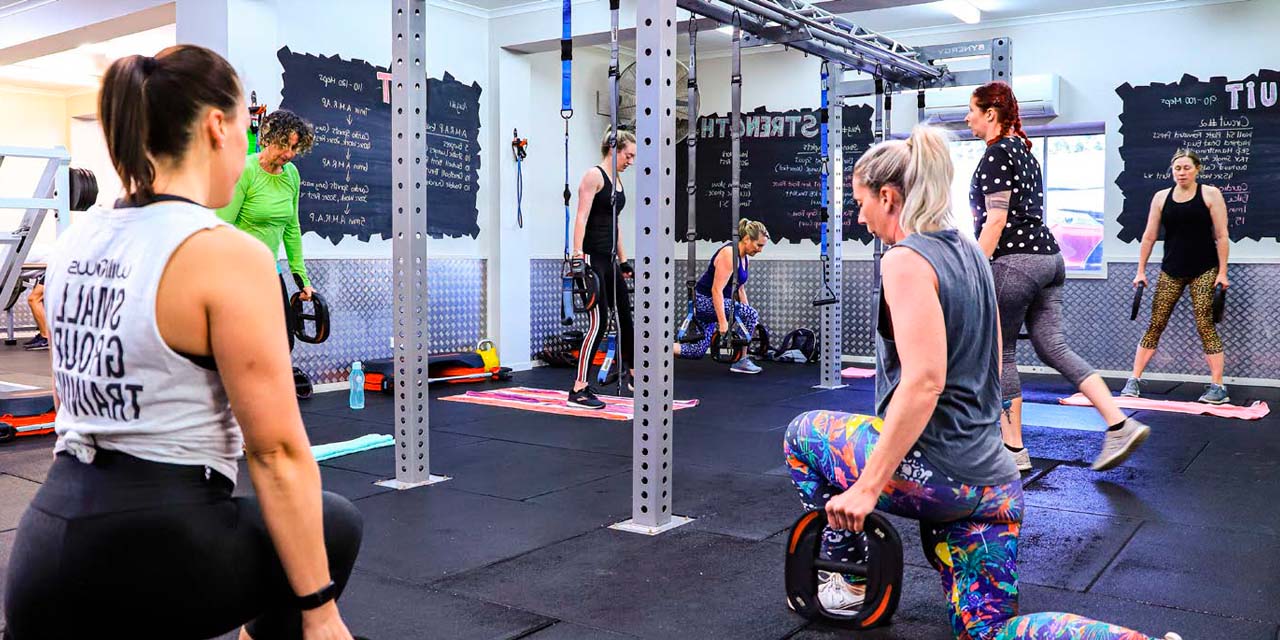
Maximise yield per member
The potential here is perhaps best explained by putting the spotlight on a client of ours – an Australian operator that, by running an upsell campaign underpinned by AI, recorded its best ever result: an impressive A$35,000 of additional revenue generated in just three weeks.
With different memberships available at the club – a standard fitness membership, but also studio memberships that included premium classes – the campaign focused on those in its fitness membership who took part in classes such as yoga, where the premium membership would offer strength in depth. There were other variables too: recipients were selected by AI based on length of membership, frequency, likes, age profile, risk profile and so on. They were then presented with a personalised offer in an email that – worded and designed in such a way that made them feel the club genuinely knew them and what they wanted – enjoyed an incredible 85 per cent open rate. Around 60 per cent of those contacted went on to make some sort of upgrade, with A$35,000 the instant result.
ASK YOUR AI TO CREATE AN AVATAR OF YOUR CYCLING AVATAR OF YOUR CYCLING AND FIND OTHERS WHO MATCH THAT PROFILE
It’s easy to see how this approach could be used to maximise secondary spend, too. Imagine a scenario in which AI has segmented your indoor cycling enthusiasts to give you such a deep understanding of who they are that selling cycling apparel, post-workout nutrition, even cycling-based PT or outdoor cycling days becomes almost effortless, because you’re offering them exactly what they want. You can even present different commercial offers based on different probability of purchase, which again AI can tell you.
Create new cycling fans
This same approach can be used to attract new people to indoor cycling. Ask your AI to create an avatar of your cycling class participants. Who are they really – not just their age or gender but their other interests in the club, their length of time as a member, the sales channel through which they joined you in the first place; there will be factors in common that might surprise you.
Armed with this knowledge, your AI can then search your entire database to find other members who haven’t taken part in your group cycling classes thus far, but who – based on historical behaviours among your membership – are likely to give it a try if given a compelling nudge. All you need to do is work out what to say to them, and input appropriate imagery for each profile, then let AI do the rest. Cue more members finding new passions that will further bond them to your club.
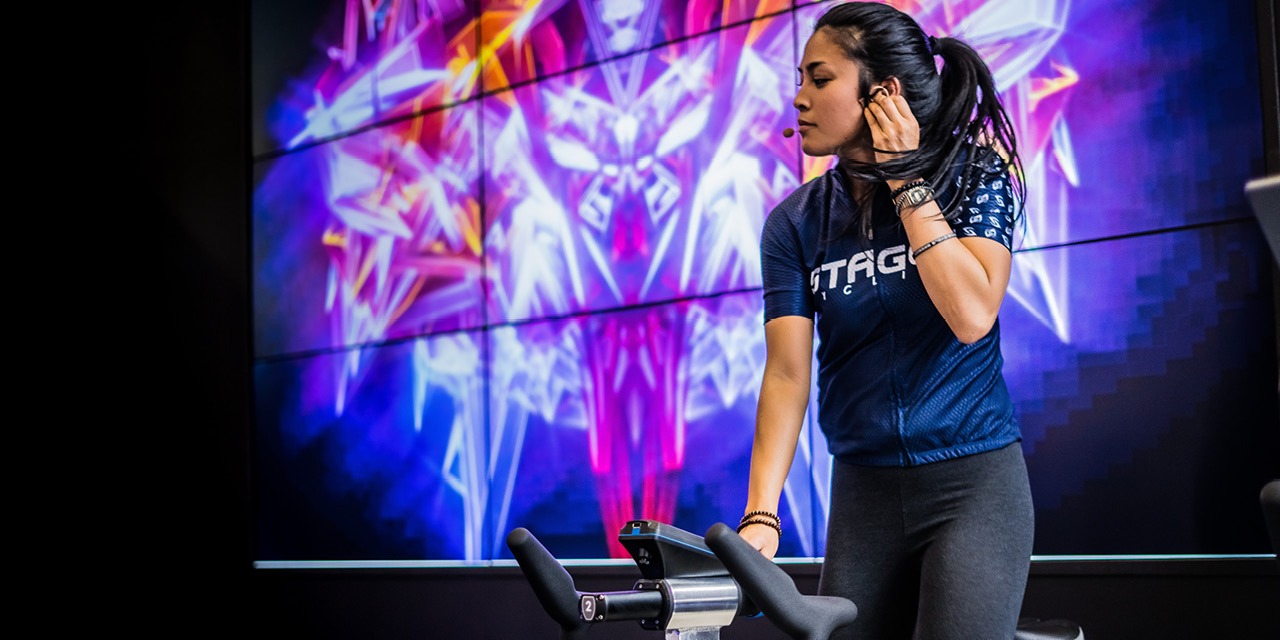
Hold on to your members
And all of this is before we even start on AI’s ability to very accurately tell you, from one day to the next and wherever they are in their contract with you, each of your members’ likelihood of staying with you at their next opportunity to make that choice.
Rather than trying to win members back round at the point of leaving – an almost impossible task – it allows you to predict and get ahead of the risk, developing personalised, proactive strategies and interventions. And the impact? Our clients are improving member retention in as little as 30 days.
Put simply, AI is no futuristic tool. All of these opportunities exist now. It comes down to what action you choose to take.
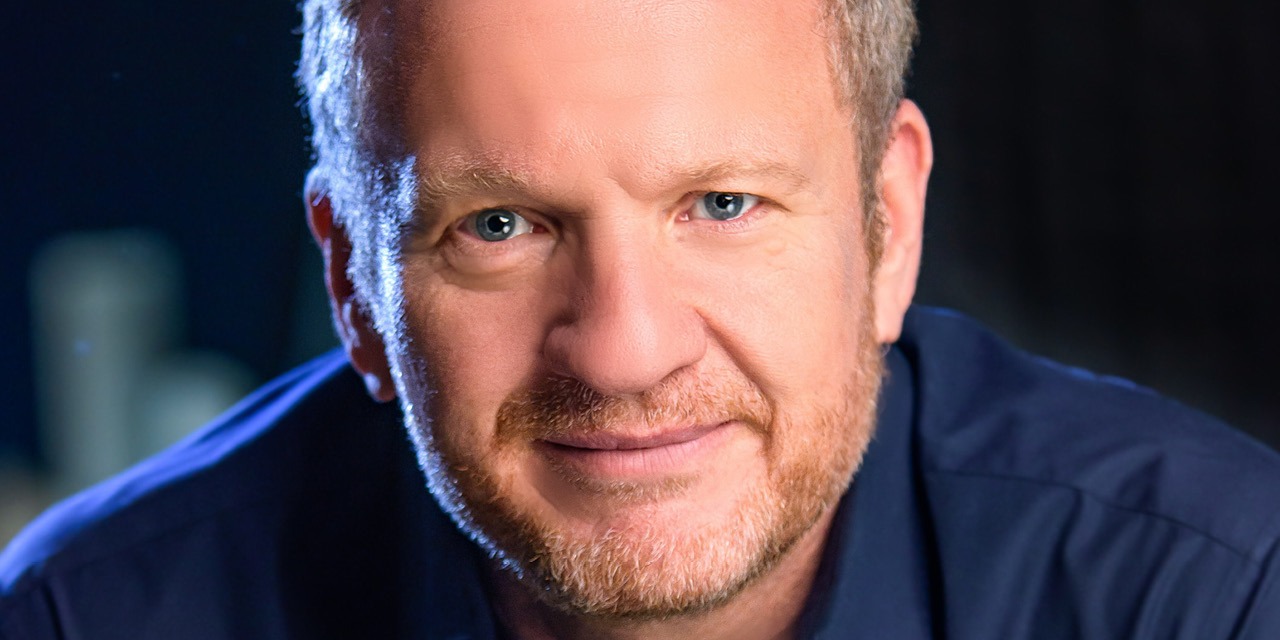
About the author
Ian Mullane is founder and CEO of Keepme. ai, the AI-based platform which provides next-generation sales and marketing for fitness operators, driving revenues by tur-bo-charging member acquisition, retention and re-engagement. Ian will be speaking at this year’s European Health & Fitness Forum, which takes place on 3 November 2021. In the meantime, read more about AI in Ian’s thought-provoking white paper, available for free download now: The Fitness Future: Rules of Engagement
The Outside, Inside
What inspired the creation of Immersive Gym?
Back in 2009, I was training for a charity cycle ride from Land’s End to John O’Groats. I spent months in my garage, training on a Tacx turbo trainer while looking at a computer screen, thinking there must be a better way.
There were rides on Tacx where I knew there was a stunning valley to my right and a mountain to my left, for example, but the technology and the content simply didn’t give me that ultra-wide view. I had to cycle with blinkers on. My wish was to be in a training space where I was fully immersed in the virtual environment – where my entire field of view was filled, so I could look left or right and still see the environment as if I were there.
The growing importance of fitness in people’s lives wasn’t being reflected in the design of their fitness spaces
I kept thinking someone would address this – that someone would create a product to meet this need – but fast-forward five, eight, 10 years and I was still having the same experience. No-one had done anything about it, so I decided to.
The result is Immersive Gym, launched at the end of 2019 and – for now at least primarily
targeting ultra-high net worth individuals and hotels.
What is your expertise in this area?
Fortunately for me, Immersive Gym represents a coming together of things I’m passionate about. It’s the perfect example of work and life outside of work coming together.
I’ve worked in the high-end property sector for many years, and in that world, I’d seen
significant technological development coming into other spaces: spas, home cinemas, home lighting and so on. But the gym space, into which people were putting all this nice kit, just hadn’t changed. It was still mirror on the wall, wooden floors. Nobody had asked the all-important question: ‘What is this room about?’ This in spite of the fact that only by asking this question can you optimise a space and make spending time in it as enjoyable as it can be.
I found it a big contradiction, because on the one hand we were seeing huge growth in the number of people wanting to focus on their wellbeing. But that lifestyle change – the growing importance of fitness in people’s lives – just wasn’t being reflected in the design of their fitness spaces.
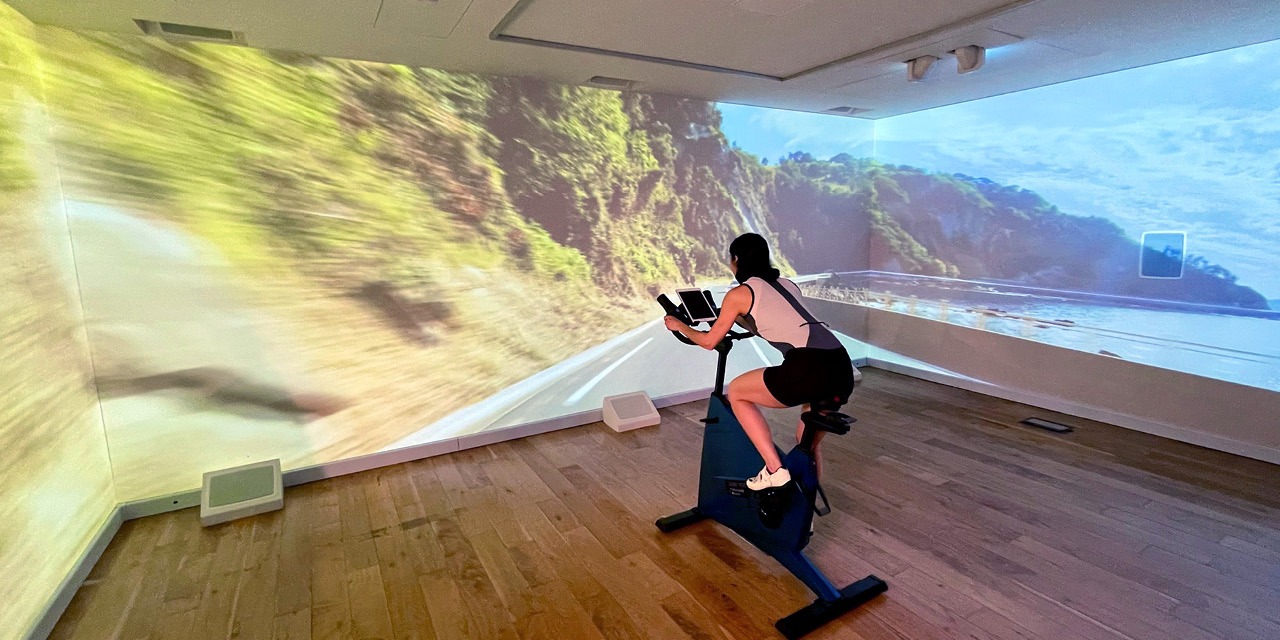
Things are changing now, though. In fact, even though lockdown prevented us offering in-person demos, if anything our conversations were accelerated by COVID. People are spending more time at home now. They’re keen to ensure their home fitness provision is up to scratch.
So, what is Immersive Gym?
Immersive Gym is ultimately about creating an experience that makes fitness immersive, motivational, enjoyable. In physical terms, it’s a three-walled screen onto which content is projected to provide an immersive environment in which to work out: minimum dimensions are 4.25m wide for the main wall by 3.5m deep, with 2.5m a good height. We’re currently discussing spaces where the dimensions will be 9m wide by 5m deep, though; it’s a flexible concept where we can design the system around the space.
Every piece of content is displayed in a standardised way, so the experience is the same wherever it comes from
What underpins Immersive Gym, though, is the way we format all content to optimise it for our system. Our team doesn’t only include content creators. We also have specialists in projection mapping, programming, software development and so on to ensure that, whatever the source of the content, it’s formatted to channel through our server and display on the big screen in an optimal way. Not only that, but every piece of content is displayed in a consistent, standardised way, so the experience is the same wherever the content comes from.
What sort of content do you use?
We create our own content, but we also channel third-party content. People are already addicted to Zwift, Tacx, Rouvy; Immersive Gym allows them to continue with that training, but in an immersive environment.
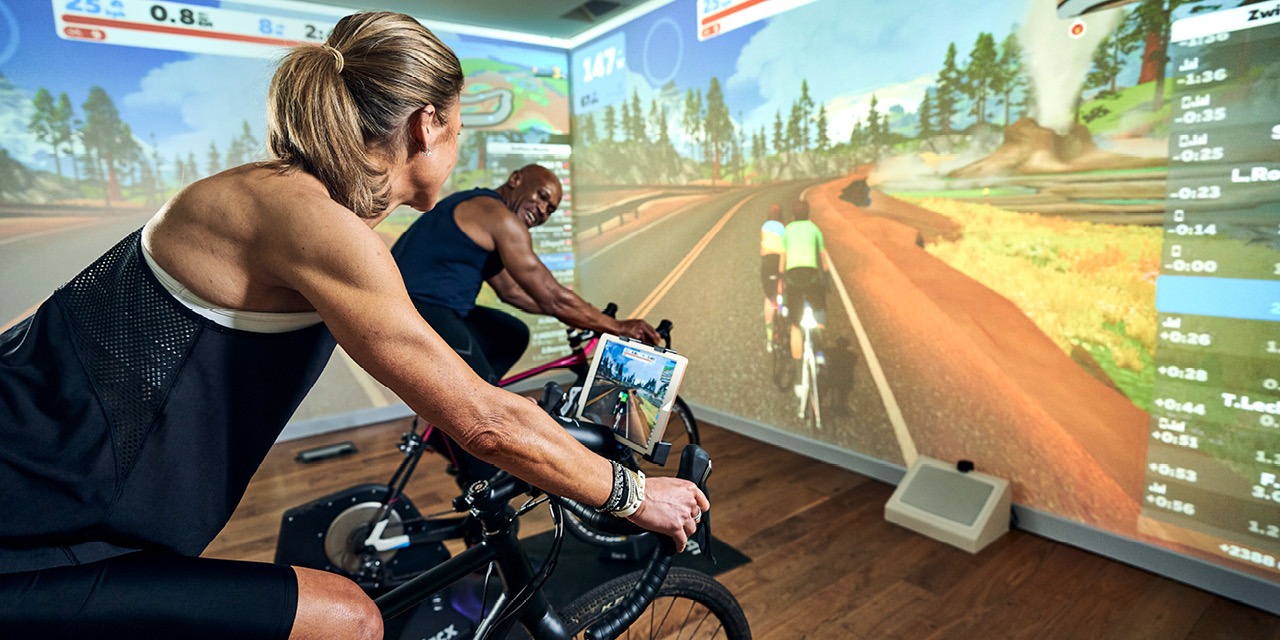
Zwift actually provides an option to grab extra content which we can use to fill our side walls. With other third-party providers, we can optimise the content – using screen mirroring, for example – to fill all three walls without having to stretch it.
Meanwhile, our own content is filmed in ultra-wide format on cinema-grade 6K cameras. Just as an example, we have a lovely ride along the coast road near San Sebastian in northern Spain. You cycle through a tunnel and, as you come out, you look up to the mountains on your right or down to the sea below on your left. You’re cycling along a life-sized road and your entire field of view is filled with the scenery. It’s beautiful.
Our cycling content is all live film. Zwift is doing a great job when it comes to virtual worlds, so we don’t feel we need to do this at the moment – especially while there’s so much lovely footage out there for cycling that still needs to be captured in the right quality for our system.
If you have a favourite view – anywhere in the world – we can create it for you as a piece of content
Immersive Gym isn’t just for cycling, though, even though the idea was born from my cycle training. You can use it for any workouts. We’re developing some great content for rowing, for example, and here we are using Unreal Engine – the gaming software used in Fortnite – to create hyper-real virtual environments rather than filmed environments.
And then for something like yoga, although the content won’t respond to your workout as it does when you connect equipment, we have lots of wonderful environments in which you can immerse yourself. You can work out on a beach, for example, or looking at the mountains. In fact, if you have a favourite view – anywhere in the world – we can create it for you as a piece of content. You’ll have the sound, too: we specify a 5.1 surround sound system as a minimum for our installations, and normally 7.1.
How interactive is Immersive Gym?
When you’re training, you want the world to move with you. Gym equipment can therefore be connected to Immersive Gym via your turbo trainer or via ANT+ Bluetooth, allowing the content to respond to your workout: if you speed up, slow down, go up an incline, the on-screen content reflects this.
It’s hugely valuable for elite athletes to train and visualise themselves in the race environment, without having to travel there
There’s also scope for coaching to ensure you get the most out of your workout. Our system includes two cameras – front and side – which act like digital mirrors to show you what you’re doing. You can then loop in an instructor or personal trainer via video call. They appear on-screen, life-size, and have access to these two cameras as well: they can see what you’re doing and give you feedback.
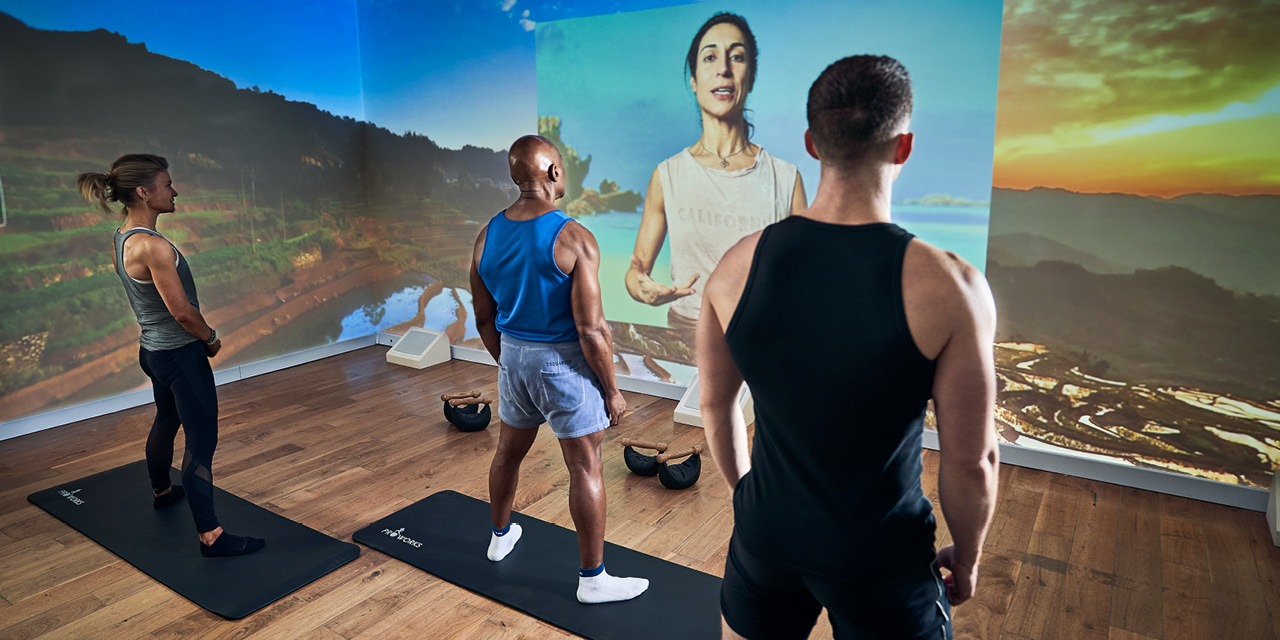
We’re also working on being able to let you train in the exact same environment where your instructor is. Say you’re training with a yoga guru in India. We’ll make it so you’re right there with them, training at their base in India.
We’ll also be launching body tracking soon, which will use AI to assess your movements, comparing this to the pre-set perfect technique and giving you feedback.
Is your target market purely residential and hotels?
The price tag at the moment means Immersive Gym is really for high net worth individuals and hotels – for now at least. You’re currently looking at a minimum of £75,000 for the full set-up, and significantly more for larger spaces or if you want to go higher spec. Of course, we’re fully expecting people will use these rooms to watch live sporting events, concerts and so on as well. They will be immersive fitness and multi-media environments, and this will help justify the expenditure.
We’re also working in elite sport, although in the long term we expect this to be a small proportion of our overall market – we estimate there are 1.5–2 million private residential and hotel gyms around the world where the fitness experience hasn’t been optimised.

We’re currently working on an installation for British Rowing, creating the 2,000m Tokyo 2021 rowing course in Unreal Engine, and we’ll do the same for the Paris 2024 course. It’s a multi-player set-up with data and stats built in. You can have up to eight rowers racing side-by-side, or else you can train on your own against the avatars of previous champions; we’re working on making those avatars very real.
It’s hugely valuable for these elite athletes to be able to train and visualise themselves in the race environment – all without having to travel there. They can familiarise themselves with the course and work on race strategy. Plus, of course, it makes the gruellingly long hours they put in to their training more interesting for them.
It’s for all of these reasons that we’re also in early stage discussions with one of the pro cycling teams.
There may still be nothing quite like being outside, but we’ll make indoor training as close as we possibly can
Meanwhile, although we initially held off looking at the workplace environment due to the ‘work from home’ impact of COVID, we’re having some interesting conversations with employers who, locked into leases, are exploring the role of the office moving forward. Organisations are looking to create experiences in the workplace to justify people commuting in, and wellbeing is high on the agenda.
What is your ultimate vision?
Our ultimate vision, and the principle that underlies everything we do, is to make fitness and wellness truly engaging for as many people as possible.
At the moment, our price point puts us out of reach of the mass market. You also need a dedicated space. However, the technology will catch up: first, it will be a curved screen that allows for single-user workout cocoons; then it will be eyewear that’s more workout-friendly than the current VR headsets; then it might be contact lenses… And it will all come sooner than you might think.
That will be great for us, because we aren’t about the hardware. We’re about content creation, processing, optimisation, display. We’re about the system through which all the content runs. We then have partnerships with hardware companies, plugging into their products.
We have to start where we can, with the tech that’s available now, but we ultimately want Immersive Gym to be enjoyed by as broad an audience as possible. We just need the hardware to catch up.
What is the future of indoor cycling?
It’s only going to get better and better as the gap between the outdoor and indoor worlds shrinks. Most cyclists would currently choose to be outdoors if they can, but with the growth in eSports, the AR overlay of real athletes as avatars and so on, it’s going to get more real, more engaging, attracting even more people to compete in this way. Immersive Gym is part of that.
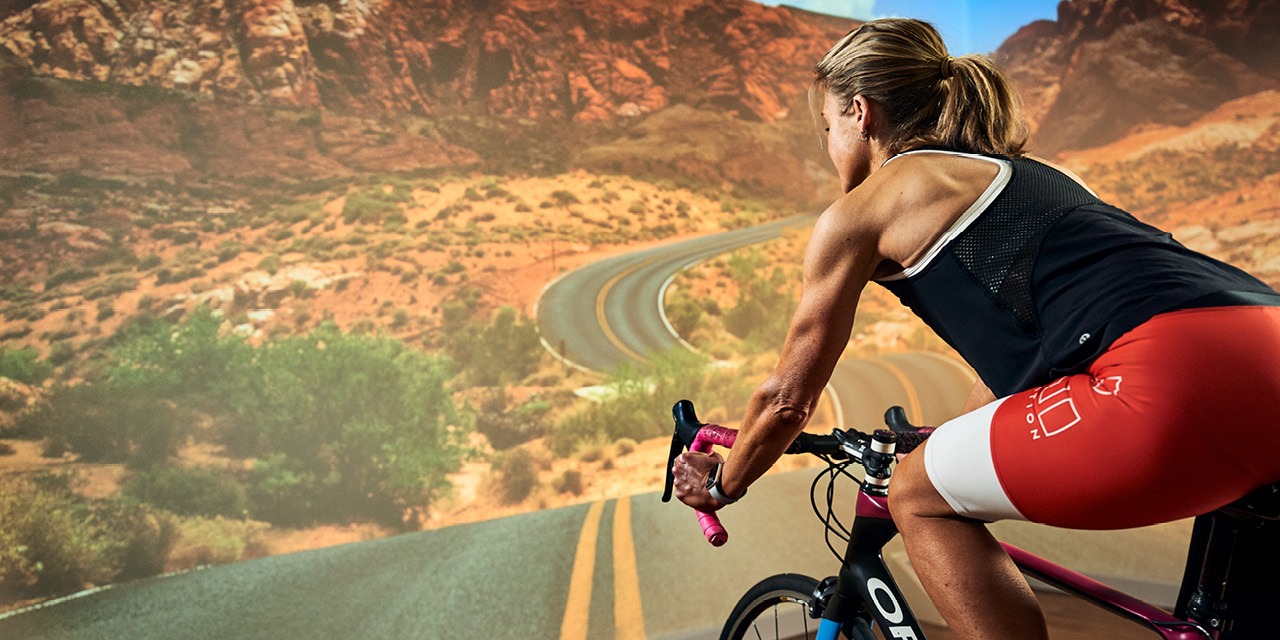
As a final thought, we believe it’s also the case that those beautiful spaces in which we’d love to be cycling need to be protected, so we’re launching a Move for Good campaign. For every metre cycled in Immersive Gym, we’ll donate a percentage of our profits to help protect those forests, rivers, seas.
There may still be nothing quite like being outside, but we’ll make indoor training as close as we possibly can, and we’ll help people do good while they’re at it.
Jeff Veldhuizen
Jeff what drove your career path?
I grew up in rural Canada, in a farming family, but my mum always worked in women’s fashion. I used to help her, so from my early years, I always felt a level of comfort and familiarity around retail. The other thing I was always really into was technology, going back to the days when my brother and I would collect AOL CDs from our neighbours (who didn’t want them back then) so we could get free internet!
“I DEVELOPED MY PURPOSE AT NIKE: TO CONNECT PEOPLE TO GREAT PRODUCTS THAT HELP THEM LEAD HEALTHIER LIVES”
– JEFF VELDHUIZEN
I went on to study at an Ivy League school, but the thing that taught me what it was to have a real passion was snowboarding. I started off skateboarding, in fact, but living in Canada with all that snow… snowboarding was the logical progression. It got to the point I couldn’t wait to hit the slopes every weekend.
It was only later I’d figure out how to find this same passion for my work. I started out in civil engineering for three years before leaving to compete in and teach snowboarding. While I was still competing, I took on a role in grassroots marketing for Gatorade and my entire career direction changed.
Then crunch time came: did I become a pro-snowboarder, or did I accept I was unlikely to make it big and build myself a career? I chose the route of taking my passion and putting it into my career. I realised that passion was marketing, and in particular realised I enjoyed being around athletes. The drive and the dedication athletes have… all of that was incredibly inspiring to me.
From Gatorade, I worked in advertising for a few years to build my marketing bag of tricks, then moved to Best Buy in the early 2000s. While not directly related to my passion of sports, this role was all about becoming specialised in an area that was still nascent at that point: e-commerce. None of our team had really worked in this area before, but we launched BestBuy.ca and grew it to C$75m in the first year. I learned the strong balance that exists between art and science in e-commerce.
Tell us about your role at Nike.
Nike gave me an opportunity to move back into my area of sporting passion, now armed with a strong and specialised skillset: the ability to create personalised connections with consumers online, as well as a really strong branded commerce experience.
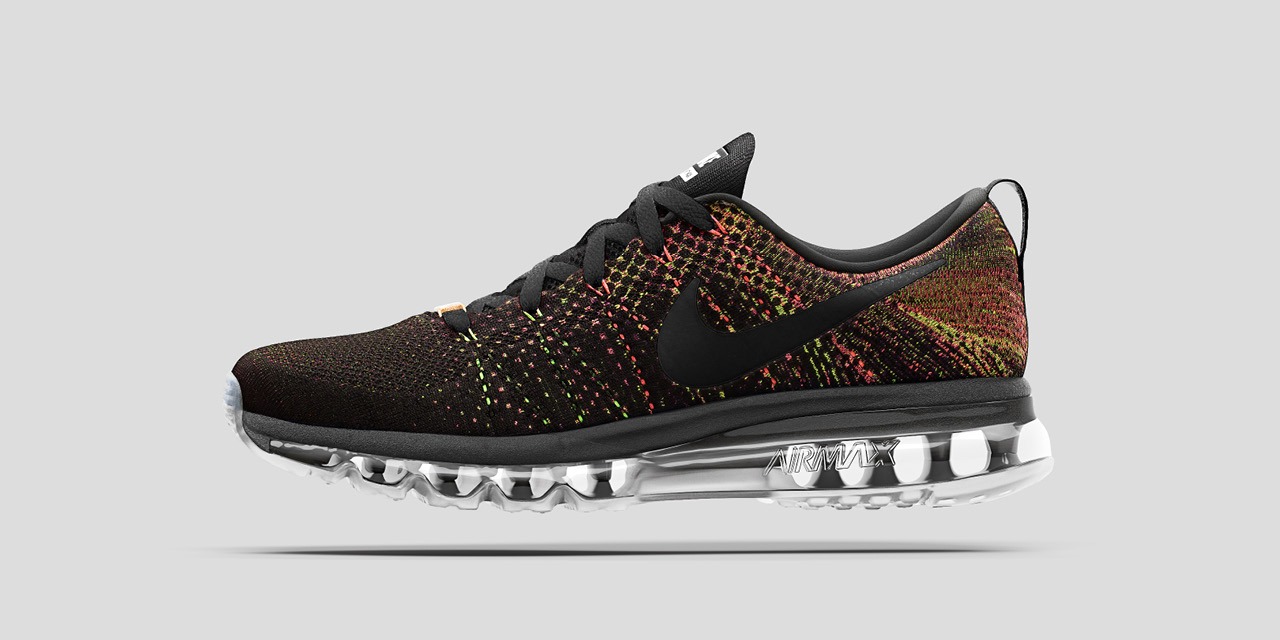
Over the next 10+ years with Nike, I helped take its digital commerce experience from a pet project of US$100m to a US$2.6bn world-class e-commerce business.
At the heart of this was a focus on understanding the consumer: talking to them, observing them in their environment, watching their shopping behaviours in physical Nike stores, being curious as to how we might better serve them. Combined with our digital insights – information around how they were exploring and interacting with our digital world – we built a very strong data set that allowed us to both shape what we were doing online and secure more floorspace in stores.
We’d drill down into our various customer profiles – understanding the ‘sneakerheads’, just as one example, who collected our sneakers and who were very digital- and app-focused – and sharpen our focus around them. We’d then take that data and slice it by city and zip code to understand where our distinct customer types were, so we could localise our store-based assortments around them. This thinking was ultimately the basis of Nike Live.
And then you joined Zwift…
At Nike, I developed my purpose: to connect people to great products that help them lead healthier lives.
Around the world, there are over 2.2 billion people who suffer from some form of obesity. I started to ask myself how we could impact that a bit more. Zwift was all about getting more people more active more often, which really resonated with me. I felt it was doing something really cool by making fitness fun for competitive and enthusiast cyclists.
I’d spent some time working with AR and VR at Nike and really enjoyed the idea of taking that into fitness, so Zwift was a real technology passion play for me. We set out to create a whole new sporting category, which we defined as ‘indoor cycling’.
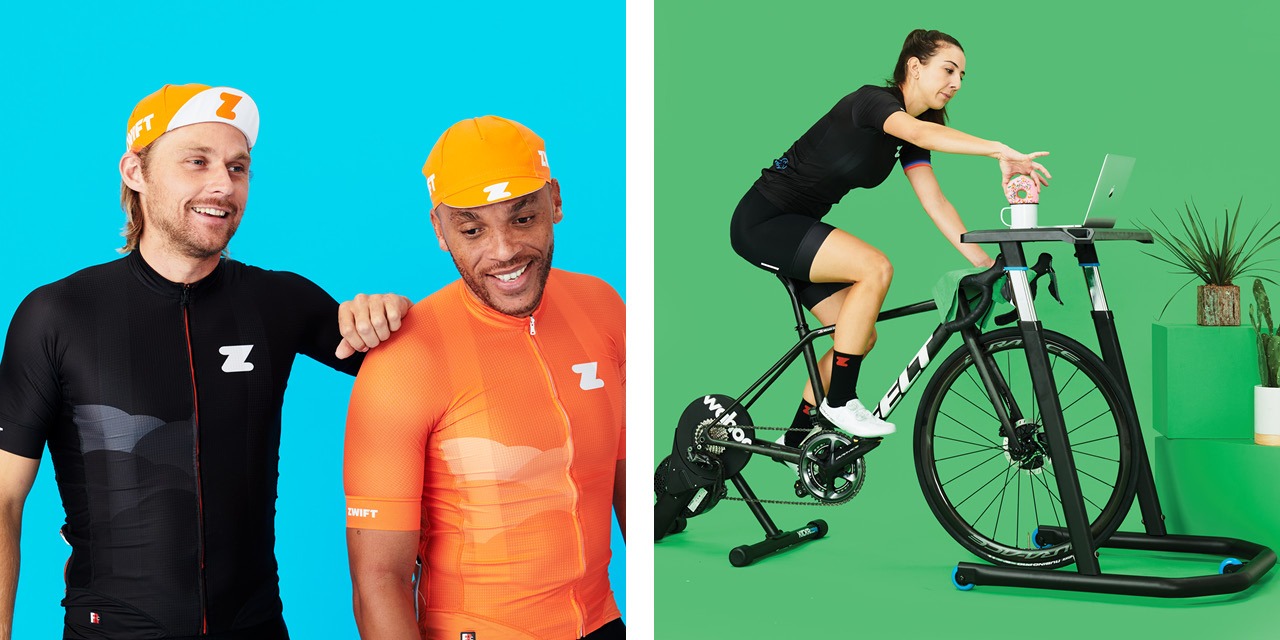
One of the big lessons we learned: when you’re coming up with something new and different, it’s really hard to get consumers to come along with you based purely on the visualisation of what you’re talking about. It’s much easier to get them on the bike and just say to them: ‘Try it, immerse yourself.’
It’s public knowledge that Zwift is working on its own hardware, so it owns the full ecosystem
My role at Zwift ultimately centred on a marketplace strategy where I was responsible not only for the end-to-end global e-commerce function, but also our network of bike shop partnerships.
We built out the direct-to-consumer (D2C) e-commerce function from scratch, taking it to 35 countries, four languages and three distribution centres in about 18 months.

I’m also really proud of the retail pop-up we created at the World Cycling Championships in Harrogate. The engagement we had with our customers was off the charts. These were people who loved our platform, but it was the first time they got to actually meet people who worked for the brand. We heard so many stories – people who’d gone from being overweight to being addicted to Zwift, people who’d met on the platform and were now friends in real life. It was a great experience and taught us so much about trialling and the customer journey.
At the time, we were selling other people’s hardware – Wahoo, Tacx, Elite and so on – and packaging this up with a Zwift subscription. It’s public knowledge that Zwift is now working on its own hardware, though, so it owns the full hardware/software ecosystem.
What fuels your passion for D2C?
D2C is a combination of understanding who your customer is, being able to create a personalised experience for them, and delivering that in a really creative way. What I love about it is that you have so many different facets of big business all playing together. It’s almost like a mini-business within a larger company and strategy.
It’s also immediate, and – if you consider the number of people who come to your website on a daily basis – the largest door any company typically has. The opportunity to create a really strong brand connection straight out of the gate is amazing.
From there, you get people deeper into the experience, more engaged with the brand and connected to the product stories. You help them understand how your product can solve their challenges and fit with their training goals. You help them purchase, understanding what reassurances they might need in order to do so, and you make sure the journey doesn’t stop there.
In fact, purchase is where the journey really begins. At Zwift, we would hand-hold them all the way to their first ride because we knew the customer journey starts and ends with advocacy.
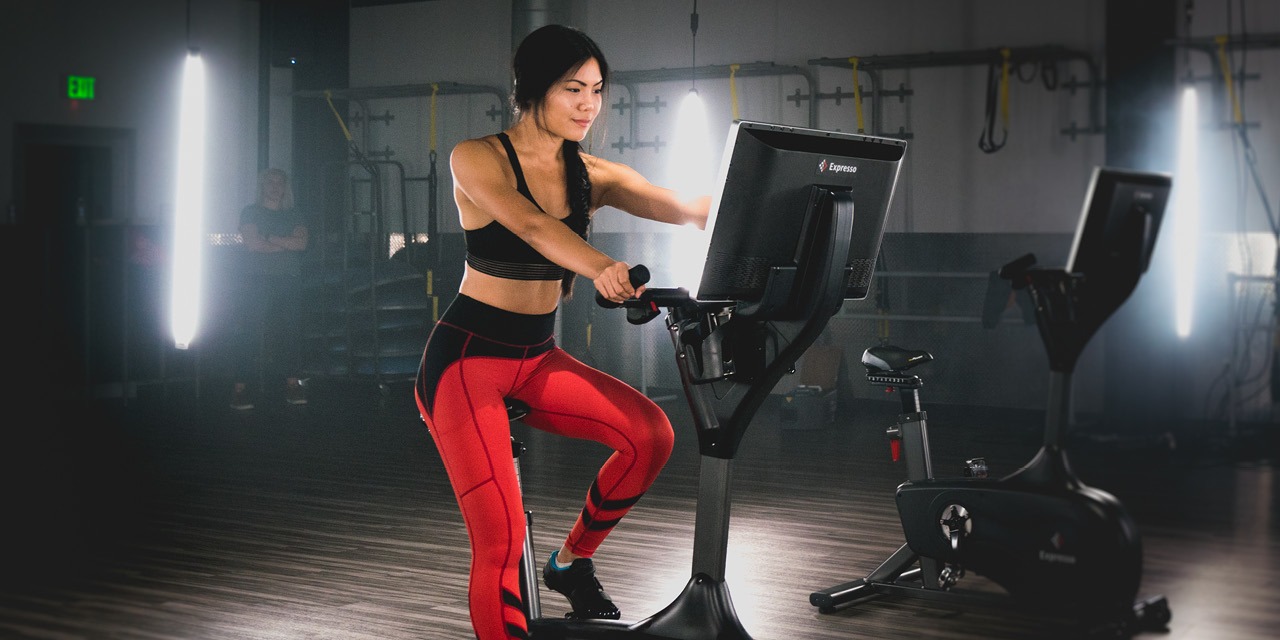
How are you applying your skillset at Expresso Fitness?
Expresso brings me even closer to my purpose, in that – by manufacturing products for the mass market, rather than the niche we catered to at Zwift – it allows me to harness my passion and expertise to lead an even greater number of people towards a healthier life.
For many people, fitness is hard and they struggle to commit. I believe connected, gamified fitness can help. It makes fitness more fun, more enjoyable, less of a chore. It motivates people to keep going, because it’s less about the end result – weight loss or fitness, for example – and more about an addictive journey. It’s why Expresso already has over 3 million registered users globally, and an NPS of 80+.
Of course, the roots of Expresso Fitness lie in B2B, with 7,000 points of presence across North America, from health clubs to YMCAs to college gyms to multi-housing facilities. We’ll continue to strengthen this B2B offering, but we’re also going to be building out our D2C arm with the launch of a new smart bike in Q3 of this year, and possibly a company rebrand in the process.
Data shows that cycling is more popular than spinning by a factor of 50 or 100, so we wanted to create a bike that was flexible enough to cater to all interests within the modern fitness family – a family where one member might be a road cycling enthusiast wanting to train indoors during the week, another might like studio cycling, and the kids just want to be entertained.
Fitness isn’t a ‘winner takes all’ market. Everyone has different exercise needs.
What we’ve created is a bike where the steering and flywheel can be either fixed or free, with the bike automatically selecting the appropriate setting based on the programme you’ve chosen. For an instructor-led on-demand spin class, the handlebars will be fixed. If you’re cycling through one of our virtual worlds, you’ll be able to steer and shift gear to mirror the experience of riding an outdoor bike.
This is a competitive marketplace, but we have a big fan base already and a proposition that goes beyond those seeking instructor-led workouts. Plus, fitness isn’t a ‘winner takes all’ market: everyone has different exercise needs, and every individual seeks variety.
How do you create your content?
We produce our content using Unreal Engine, which is the game engine used by Fortnite. We have hundreds of miles of interactive roads that take you through a series of virtual worlds. Alternatively, you can take part in fun HIIT games where you collect coins and chase dragons, for example. Meanwhile, for our instructor-led studio classes, we’ve partnered with Studio SWEAT onDemand.
The gamification part of what we do is absolutely key to making the experience addictive. That means achievements, such as badges and progressing through the levels of a game. It means harnessing the immersive power of avatars and storytelling around our maps and workouts. And it means building a social aspect whereby people are part of a team, or else competing against others – sending a ‘ghost’ of their ride to their friends to race against, for example.
It can even mean feeling part of something bigger, with our partnership with the YMCA a great example. Every year, over 1,000 Ys across the US take part in a rally – points and leaderboards included – to raise funds in support of under-privileged families in their local communities, funding swimming lessons for the kids or gym memberships to get the families active.
What’s exciting is that using Unreal Engine means the content we have now is just the beginning: we have access to millions of developers and creators who also use it, so we can scale rapidly. We’ll continue to bring out new and exciting content, speaking to
customers and analysing the data to determine what’s most important to them and their
fitness needs.
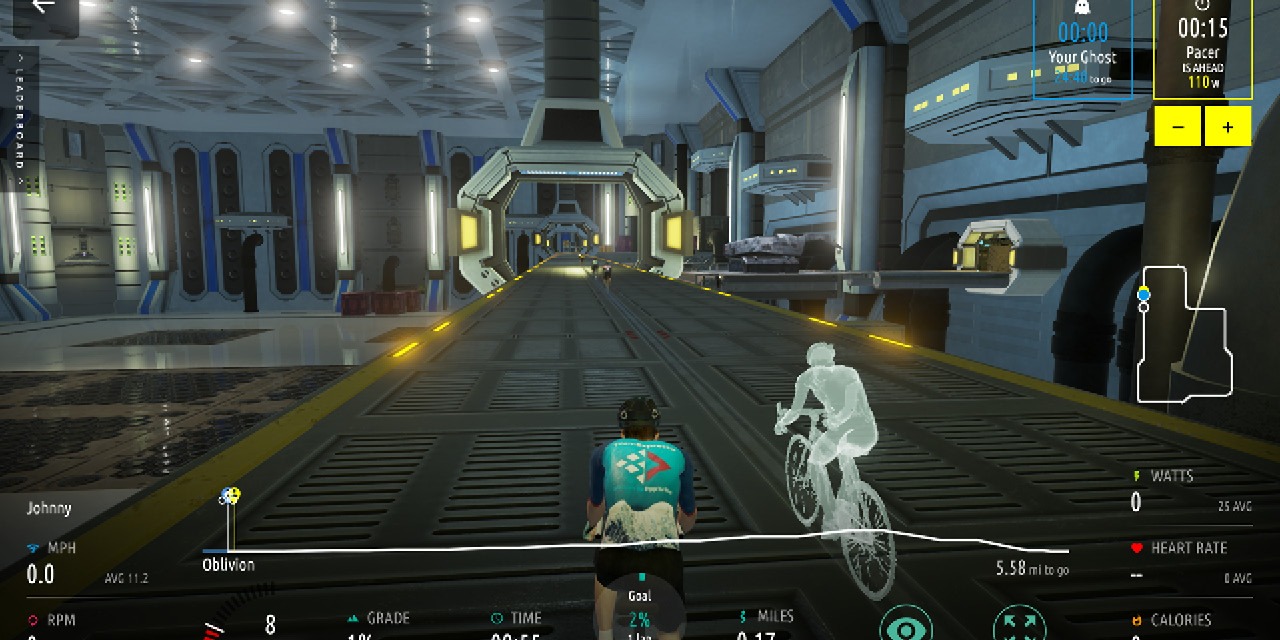
What is the future of indoor cycling?
There are several mega-trends going on right now. The shift to at-home is one, whereby the consumer – not the gym – will be at the centre of the ecosystem moving forward. Gyms need to be ready to service the customer however and wherever they want to work out. Our strategy is to put our product in as many places as possible, with users able to log on to the same account whether they’re using their home bike or cycling in the gym.
There’s also a huge boom in cycling, to the point that if you’re trying to buy a bike – and particularly an e-bike – you’re probably going to be on a waiting list. This creates a tailwind for what we’re doing, too.
And then there’s the growth of personalised, gamified communities, which is a hugely important trend. You just need to look at what the youth are doing, at what’s influencing them today, to understand where the energy is and what will be coming through in the future.
Game design is an integral part of society now,
powering engagement
and imagination
The at-home fitness market is, according to 2020 data from IHRSA, about a US$100bn market. Video games, meanwhile, represent a US$175bn market. Game design is an integral part of society now, powering engagement and imagination. Just look at Fortnite, Pokemon GO, Discord, Minecraft, Roblox – games in which entire virtual worlds exist with their own communities, their own currencies, where you jump in and become someone else entirely.
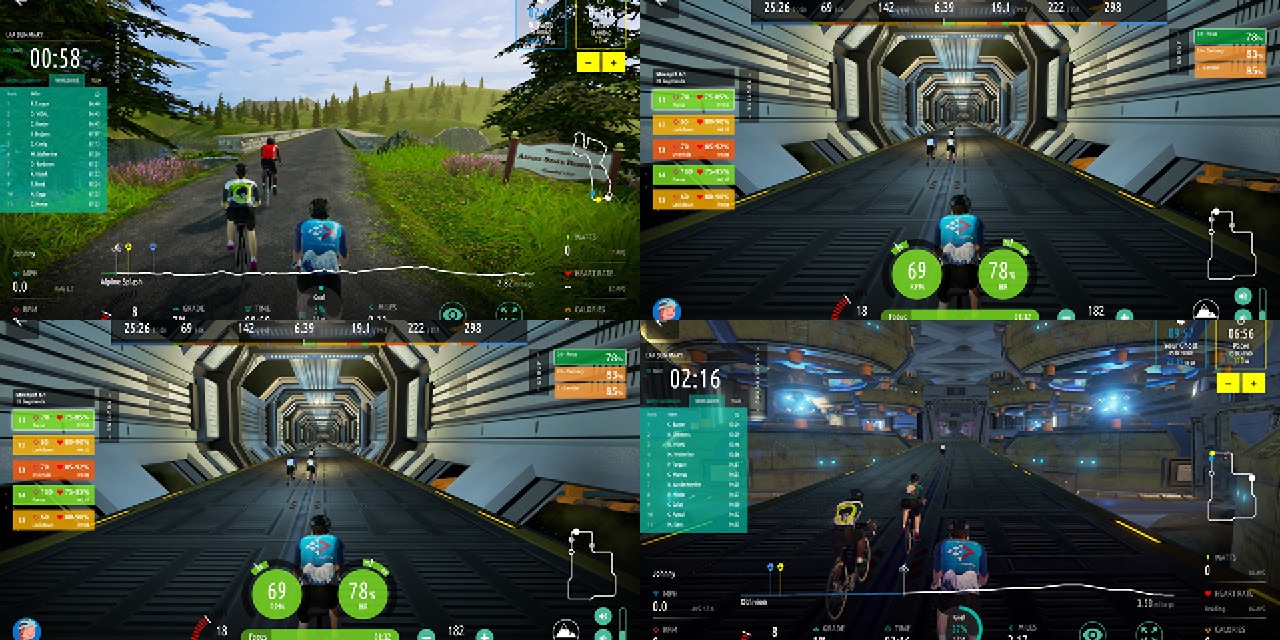
We’ll see much more of this over the next five to 10 years as the big tech players race to
create their own immersive Ready Player One-style metaverses, merging the physical and online worlds in ways we’ve never seen.
The big opportunity I see is that, if you think about the intersection points between at-home fitness and gamification, it seems to me there’s some overlap. You already have a few fitness examples – Zwift, Quell, Ring Fit, Expresso – but fitness will connect more and more into this space and that’s where we’re going. Imagine, for example, using your bike rather than a joystick to control the game. The future of fitness – and indoor cycling within that – is a convergence of fitness, equipment and the metaverse.
Third Space
What are your signature cycle concepts at Third Space?
SM: We have three distinct studio concepts, as well as two small group training concepts for the gym floor.
The first studio concept is POWERIDE: a results-orientated class with a slight element of competition, but without being intimidating. We use ICG’s Coach by Colour for live visual data and we focus on improving power output by working through the zones, all to the beat of the music.
The second is JUST RIDE, which is designed for those who simply want to switch off, enjoy the music and ride. It’s music-led, but there’s no choreography, stripping cycling back to its foundations and focusing on endurance.
The third is HARDCORE CYCLE, a HIIT-based class that’s all about max intervals on a bike. We don’t ride to the beat in this class, but we do use the phrasing of the music to initiate the intervals.
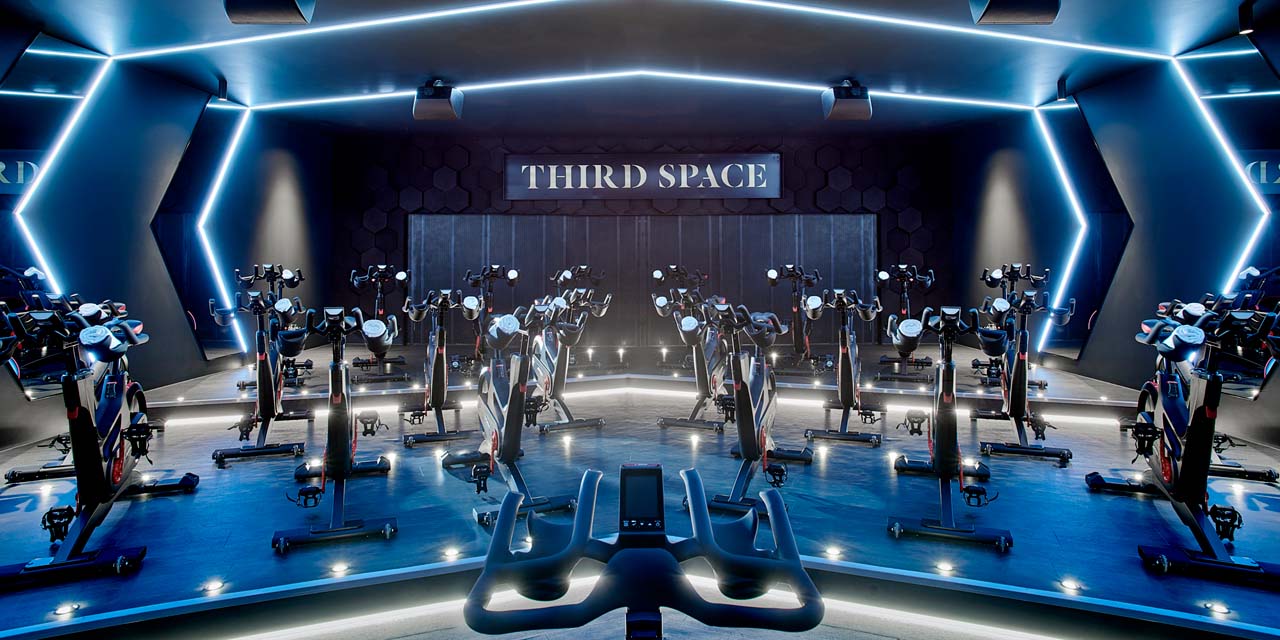
Between them, these three studio concepts account for 20–30 sessions a week from a total timetable of 180–260 classes, depending on the club.
CS: We didn’t want to create six, seven or more different cycle classes. We wanted a smaller programme of exceptional, clearly distinct concepts that between them still offer something for everyone. I believe it’s the right approach, and certainly, in terms of participation, cycling is in the top three most popular group exercise activities at Third Space.
It all sounds quite performance-centric?
CS: Certainly on the gym floor, our small group cycle training is performance-based, with two separate programmes: Wattbike is about enhancing your FTP (functional threshold power), while Wattbike Sprints is about anaerobic power, anaerobic capacity and VO2.
We’ve tried to bring elements of this into the studio, too: power-based training in POWERIDE, for example. The secret here, though, is to hide the science in the experience. It’s why we use zones rather than hard data in POWERIDE, and why the instructor also plays a pivotal role, bringing their own unique flavour to the delivery of every experience.
We have a very fitness-savvy audience. Our members are looking for fitness with a purpose.
We do have a very fitness-savvy audience at Third Space, though, with highly educated members who are looking for fitness with a purpose. All our concepts are therefore underpinned by science – not just physiology but also the science of music, behavioural science, social science and so on.
SM: All that said, JUST RIDE is a great entry-level class. Although the training focus is endurance, we don’t talk about it in great depth as we would in POWERIDE, for example. The language we choose is specifically designed not to put people off. We talk about how things feel, but actually, there’s minimal chat: it’s about letting people switch off and connect to the music.
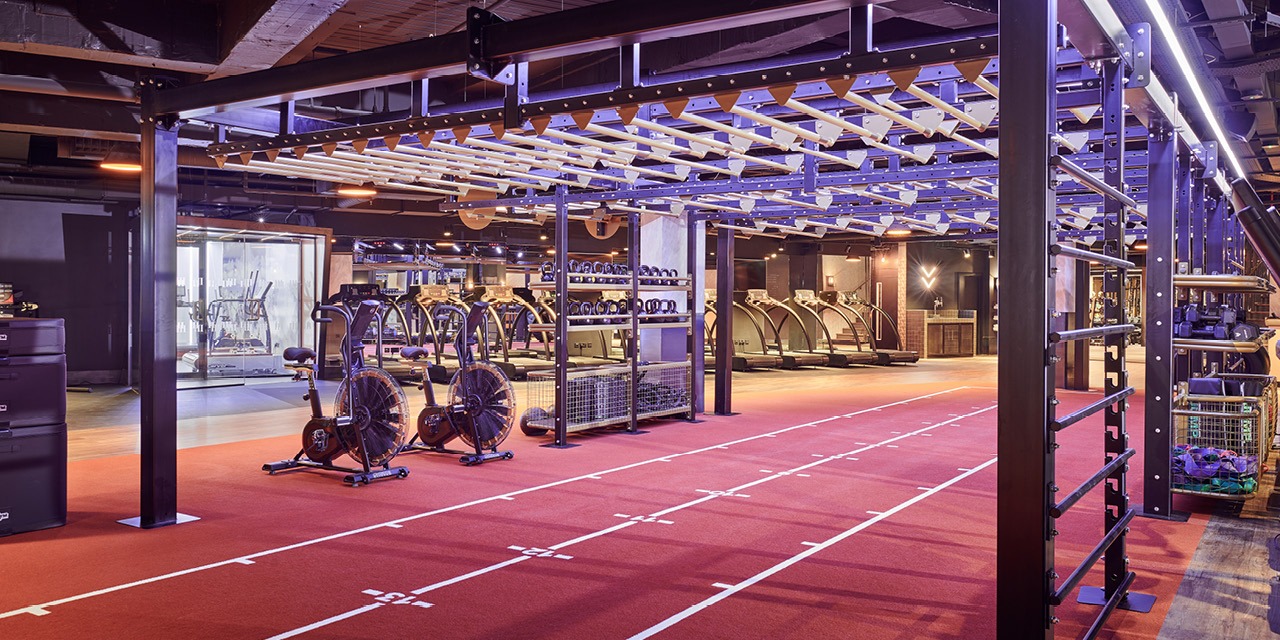
What ethos underpins all your programming?
CS: Identity and consistency are key. We have a growth mindset – we’ll be opening three more clubs in London this year, in Mayfair, Moorgate and Wood Wharf – and everything has to be scaleable. This means clear templates for each programme, into which instructors can inject their own personalities and knowledge.
SM: We’re also very strict about not allowing class creep, ensuring each concept has its own distinct identity. That’s the case not only between our three cycling concepts, but between all our signature disciplines, so there’s never any confusion as to which class you’re participating in.
With cycling, for example, you’ll know the moment you walk into the studio which class is about to start, whether it’s the pink light at the beginning of JUST RIDE, using the Coach by Colour mode for POWERIDE, or the music you’ll hear that’s specific to HARDCORE.
What is the vibe in your studios?
SM: There’s a welcoming, clean, happy vibe when you walk into the studios across our six clubs, but each club is also unique.
In non-socially distanced times, Canary Wharf has 85 bikes, with an incredible eight-speaker sound system. At the other end of the scale, the Tower Bridge cycling studio would normally have 21 bikes, so it’s more of an intimate feel. Marylebone doesn’t have a cycling studio, but we do offer Wattbike sessions on the gym floor.
We aim to have consistent lighting and technology systems across all clubs, though, so instructors can create exactly the right mood at the right moment, as well as a different atmosphere for each class.
How aligned are your gym floor and studio offerings?
CS: As I mentioned before, there are definitely elements of performance working their way from the gym floor and into the cycle studio, but I think there’s more we can do to collaborate moving forward.
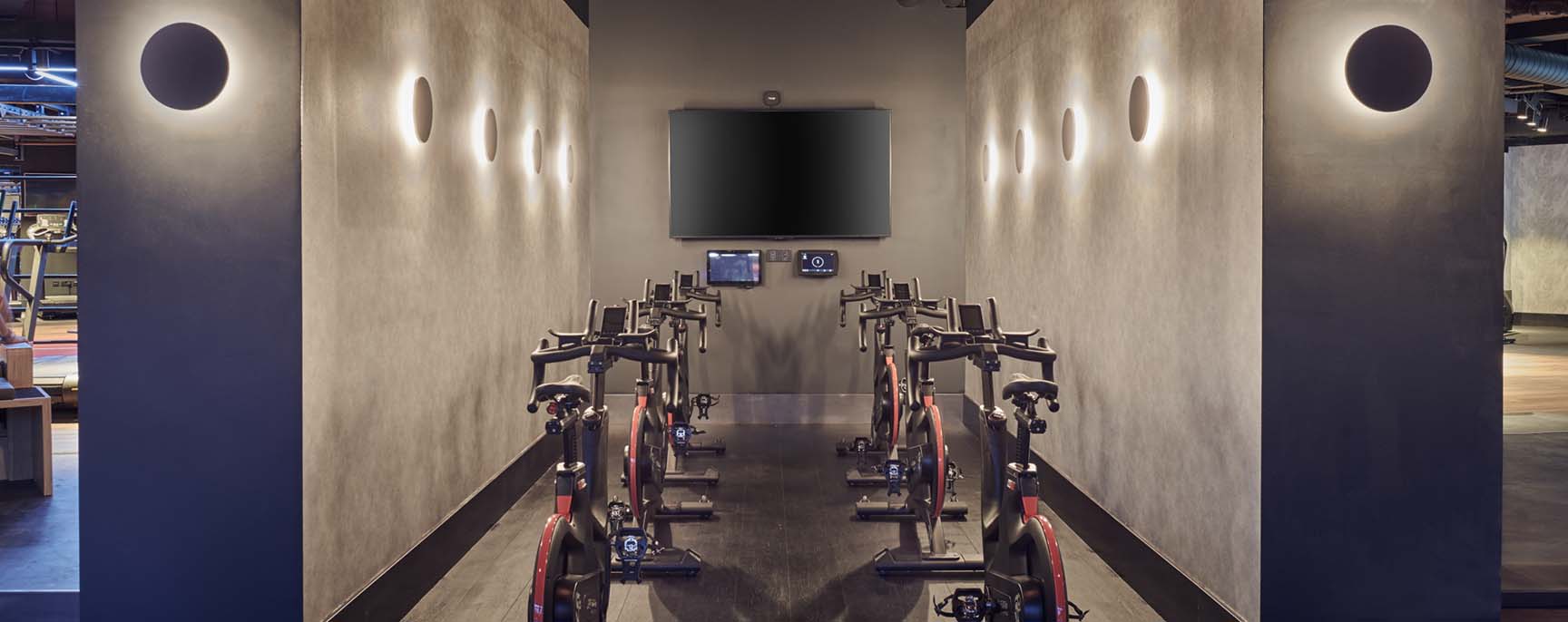
At the moment, there are lots of members who do Wattbike but not studio classes, and vice versa. We need to find the link – the common thread – that will encourage more crossover. This is something we’re actively investigating.
How have you adapted to COVID-19?
SM: We went online during lockdown, as so many operators did, with a filming studio created in our Canary Wharf club. However, cycle is quite a new addition to our online offering, so of the 350+ classes available on the Third Space app, only a handful are currently cycling. Participation in these classes obviously requires significant investment in home equipment, and there’s already so much competition in this space, not least Peloton.
All that said, online is here to stay and I would love to develop more online cycling content, and potentially some live streaming going forward.
We also have two pop-up outdoor venues at the moment, where classes are free for members and £20 for non-members. The Tower Bridge venue is running HIIT/strength-based classes, while at Canary Wharf, it’s cycle, yoga and HIIT/strength.
What will be the longer-term impact of COVID?
CS: In terms of member behaviour, it will be some time before we fully understand the impact of COVID. We only have a few months of insight to draw on so far, from when we opened last summer, so it’s really hard to predict what will happen.
Online coaching is about telling. We believe great coaches listen, and this is easier in-person.
What we do know is that members are asking for group exercise, both for the in-person coaching and for the social aspect. I personally believe that, once people re-engage in our live classes, they’ll realise what they’ve been missing over recent months. Online is great, but online coaching is about telling. We believe great coaches listen, and this lends itself much better to the in-person environment.
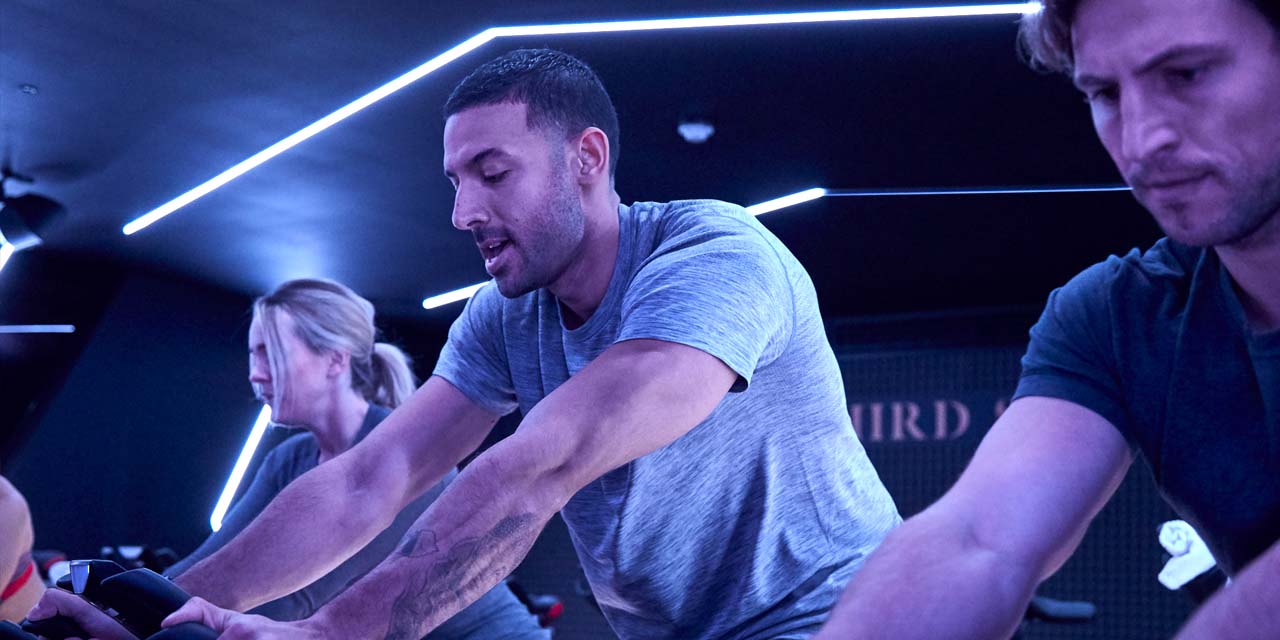
However, some behaviours will inevitably change as a direct result of changed working patterns, and that’s significant for us: we do have some residential developments in all our catchment areas, but many of our clubs are heavily corporate and we will need to continually re-evaluate. We’ve been speaking to lots of CEOs who are keen to have their teams back in the office, and whose teams are equally keen to be back for the interaction, but we’ll have to see how it goes.
SM: One other notable impact of COVID has been on the way we approach instructor recruitment and training.
It used to be that we’d run extensive auditions followed by full-day, in-person workshops for each programme. COVID has forced us to change this approach, with auditions via video and training done independently and online. Much of the onus is now on the instructor to work through all the materials we send them.
Of course, in-person is nice, but this new way of doing things is so efficient that I think we’re unlikely to go back to our old way of doing things.
What other initiatives are you working on?
CS: When it comes to innovation, a lot of people talk about the product. However, perhaps particularly when it comes to group exercise, we believe you have to start with an understanding of member behaviour and build your classes around that.
In the aftermath of COVID, people will still train from home, but they’re bored of screens and they want a social outlet. We’re therefore looking at apps and software solutions that will allow us to link our live and virtual experiences. We want to make sure that, through our app, we can become the hub for our member community wherever they are.
The future is about separating things out more, creating distinct concepts with unique identities
SM: I don’t believe the experience of in-person group exercise can be replicated online, so I definitely see people training in-club still. I think some elements of the online experience will work their way into the studio, though, which goes back to what Chris is saying. People have found a new love for data and app connectivity over the past year of lockdown training, and we need to reflect this in our offering.
What’s the future of indoor cycling?
CS: I see a number of different factors playing a role. The first is identity; you can’t have a generic cycling class any more. The future is about separating things out more, creating distinct concepts with unique identities.

I also see the emergence of even more expert coaches – instructors who are able to deliver an enhanced member experience based on the application of knowledge and an in-depth understanding of people’s behaviours.
And then there’s connectivity, which can enhance the member experience and allow you to scale what you create. You might create an ecosystem that uses technology to link from club to club to club, as well as into members’ homes. You might set up team challenges or mass virtual events, introduce gamification, track performance via specific metrics, forge online communities. COVID has accelerated our sector’s investigation of what’s available and possible, and I see this being redefined quite quickly.
Finally, there’s collaboration. This will be key moving forward, whether that’s a technological collaboration or acting as a gateway to other ‘real world’ opportunities – outdoor cycling clubs, for example, which might appeal to our members. I think operators have to recognise we can’t do everything any more. But if we get it right, we can be the hub.

